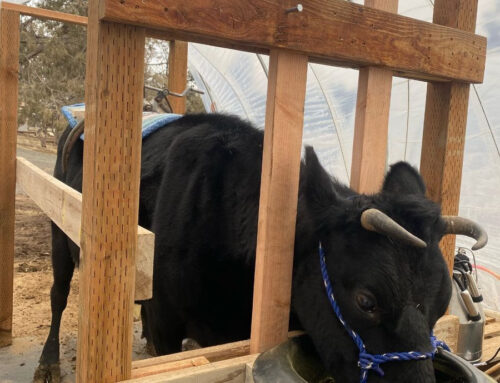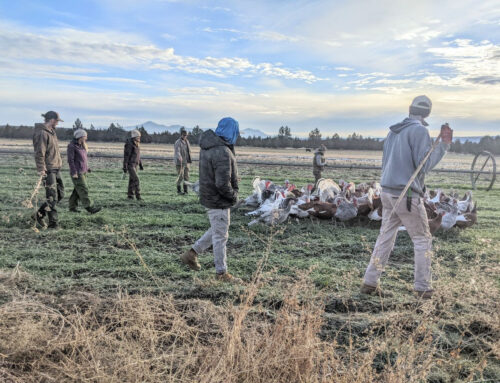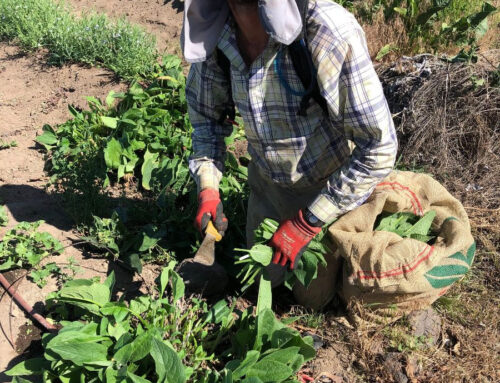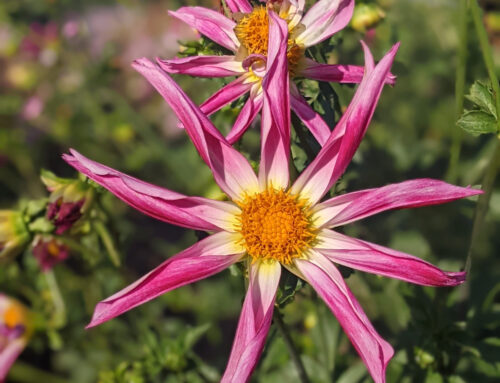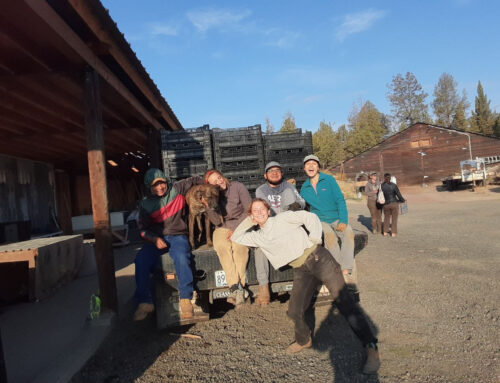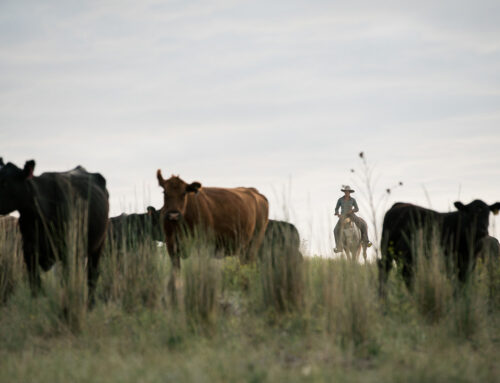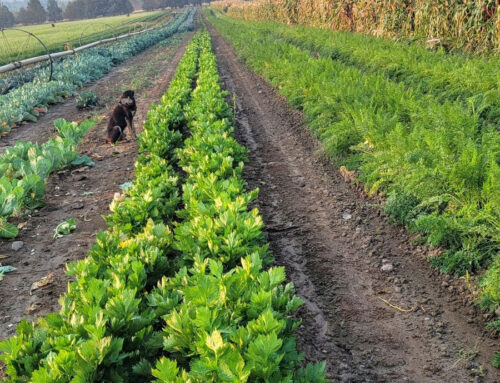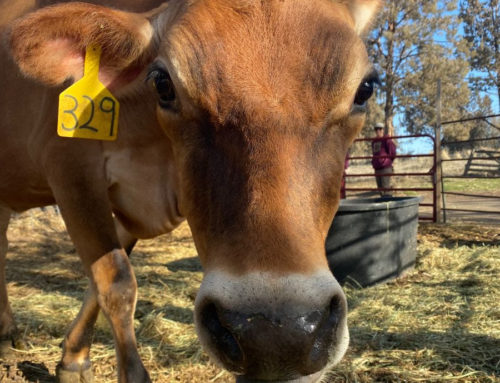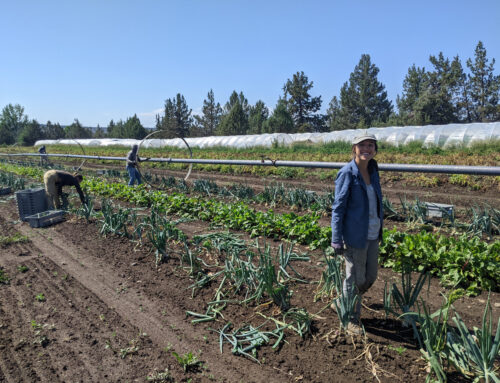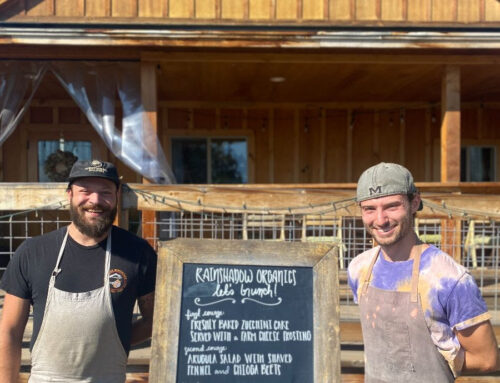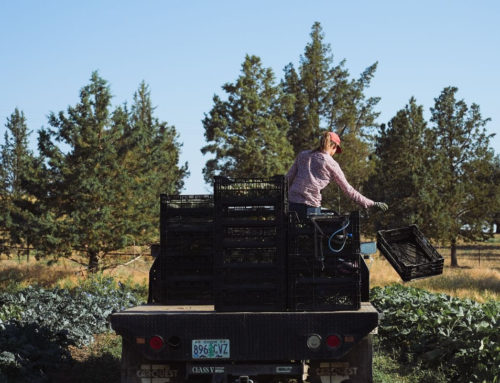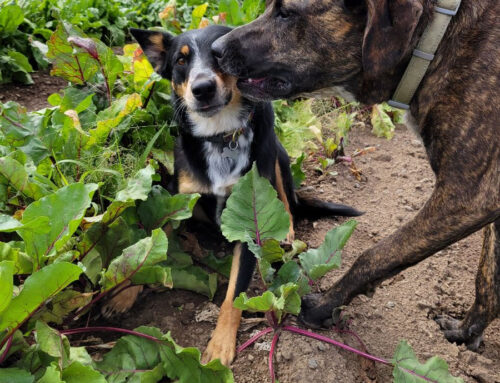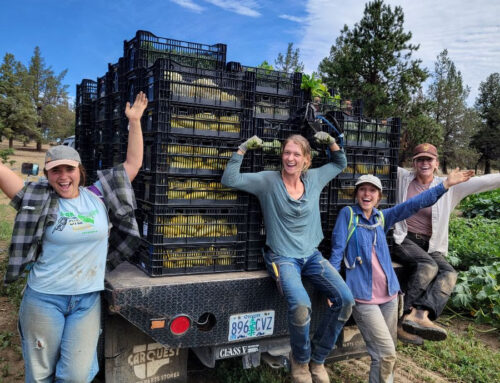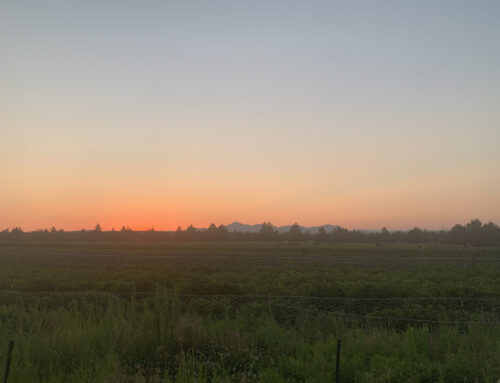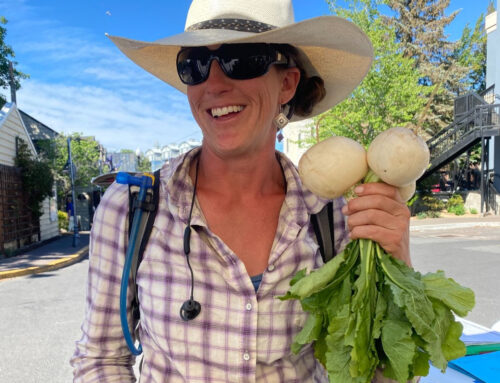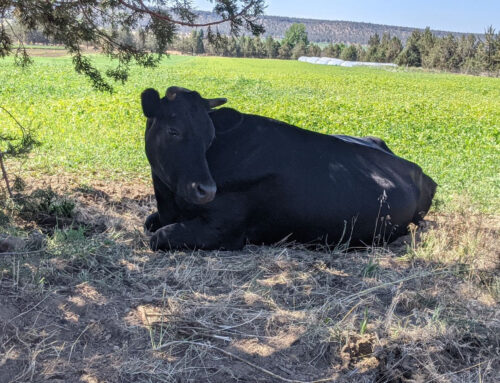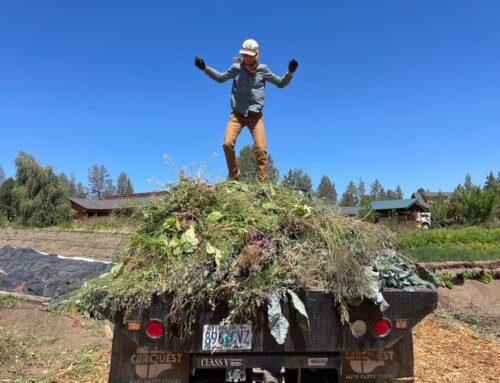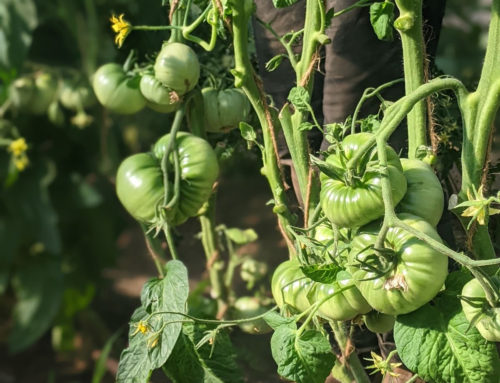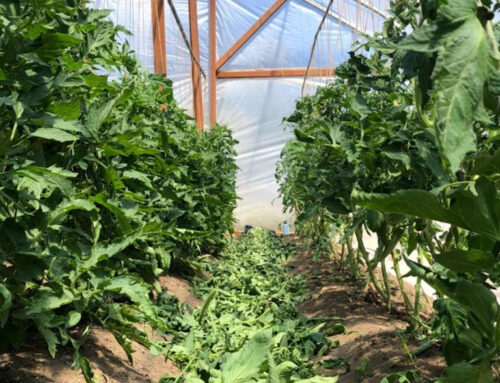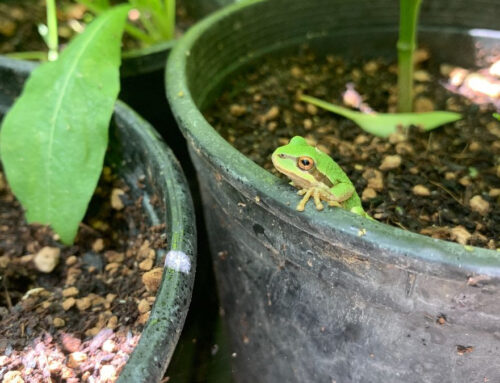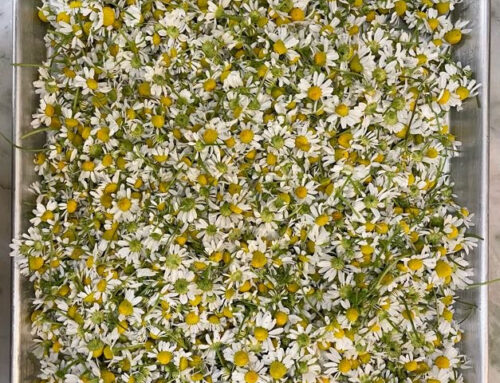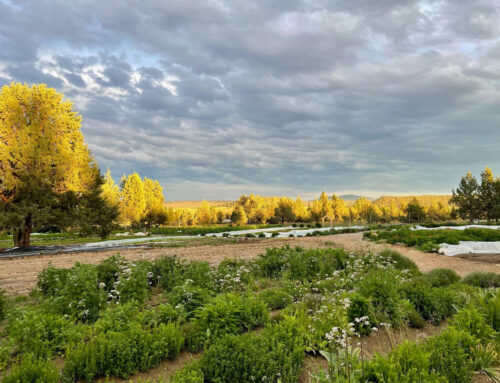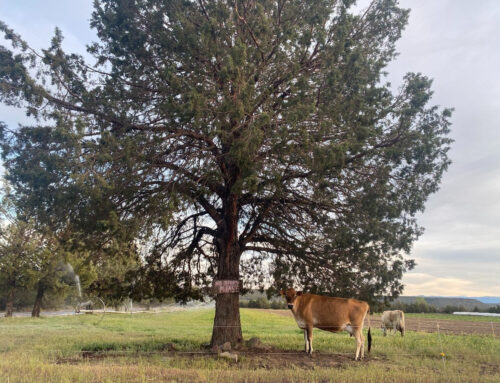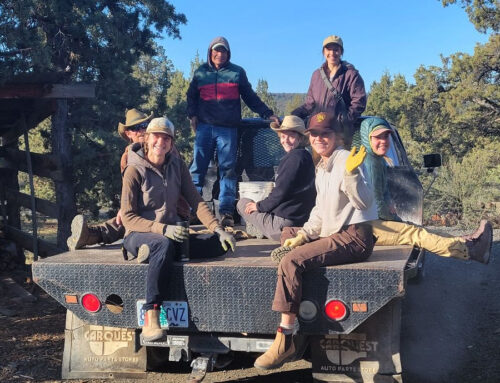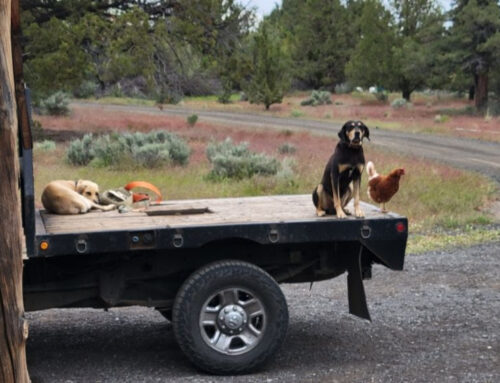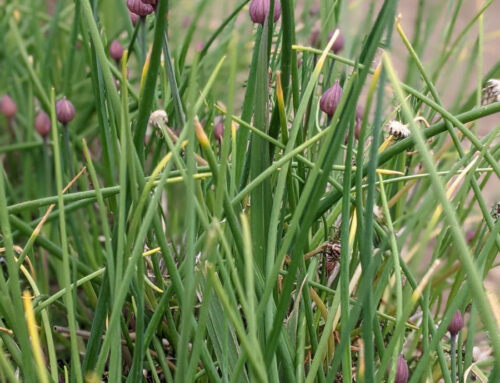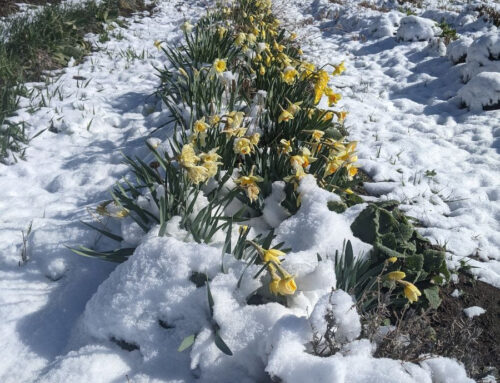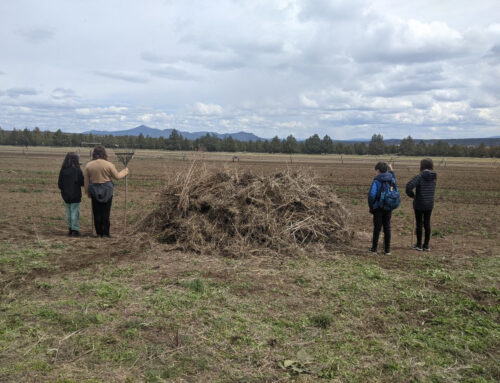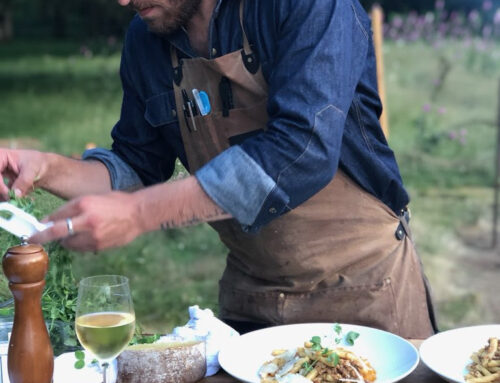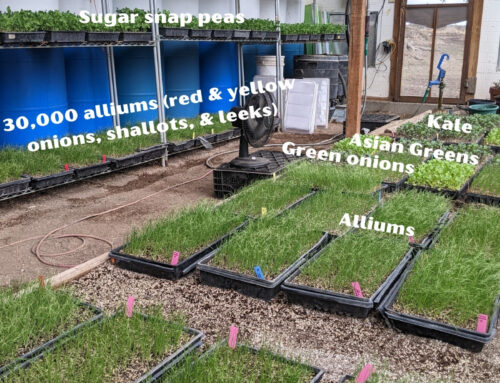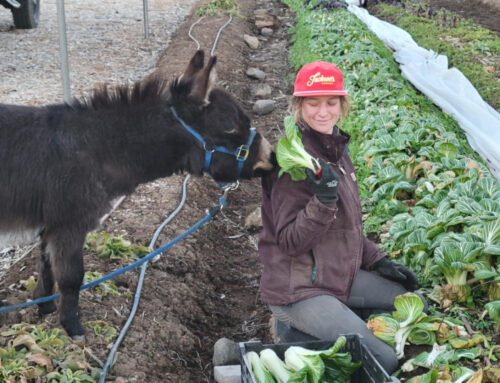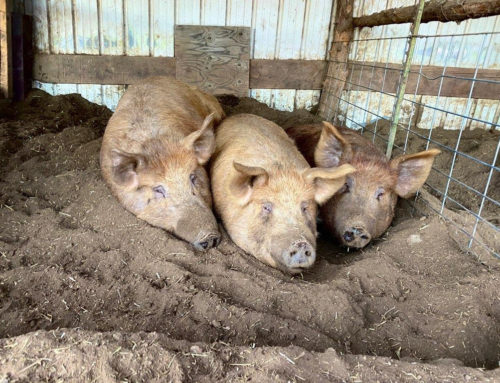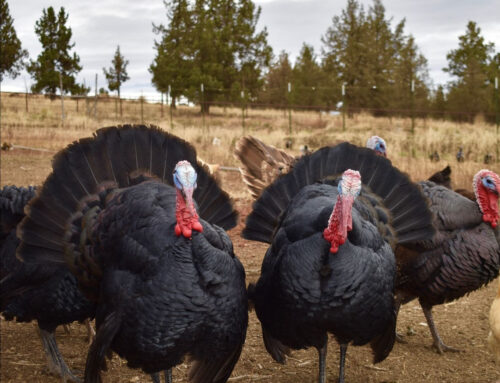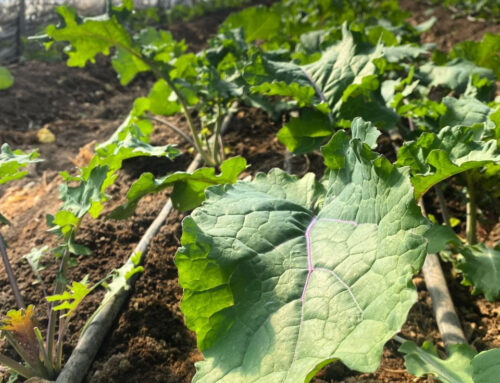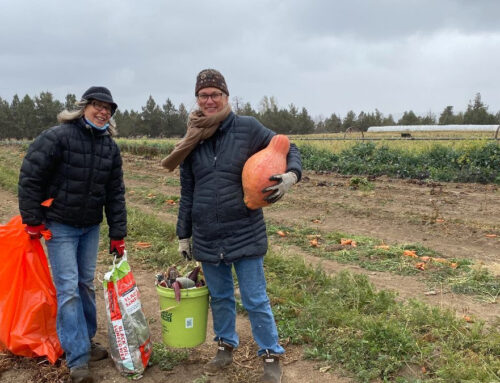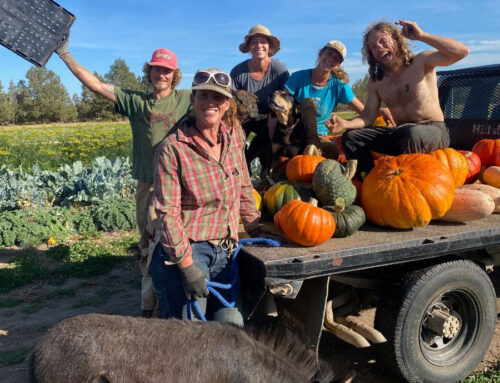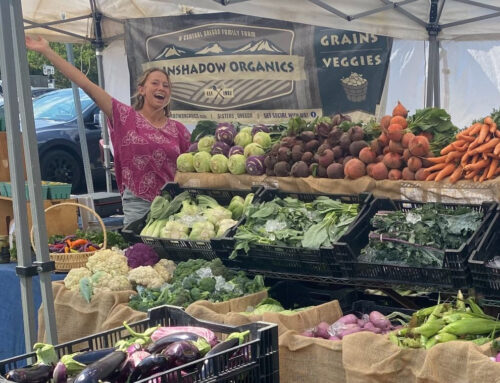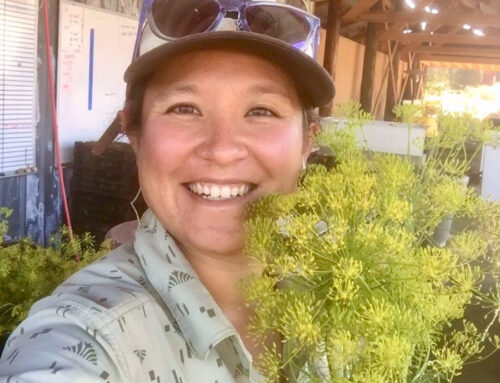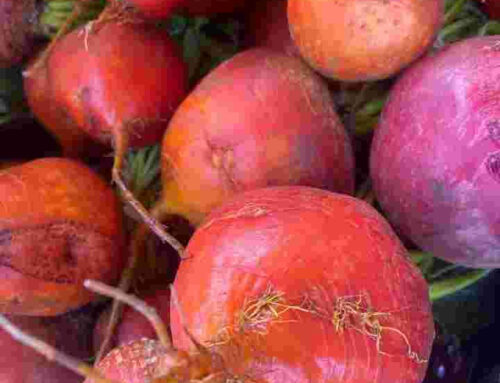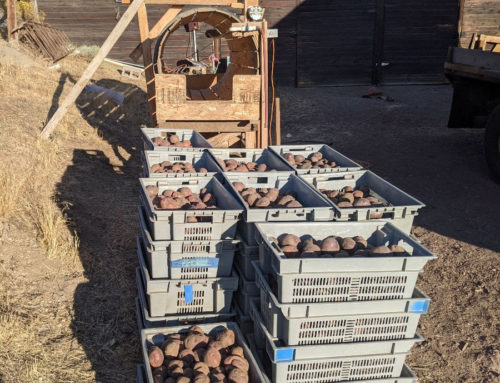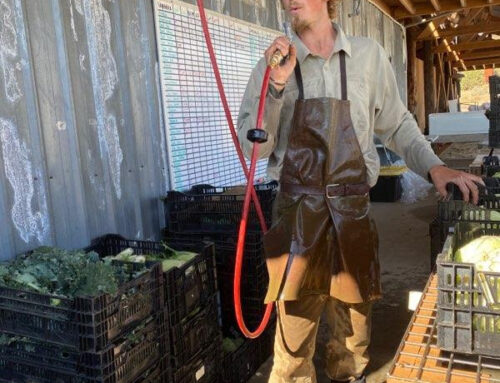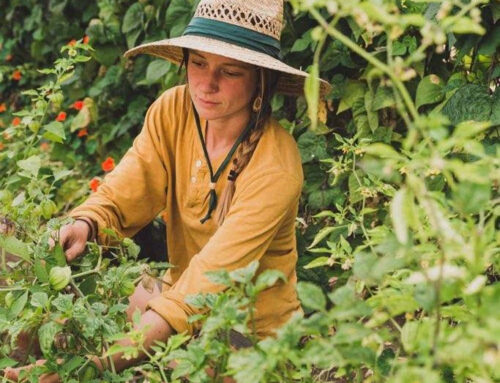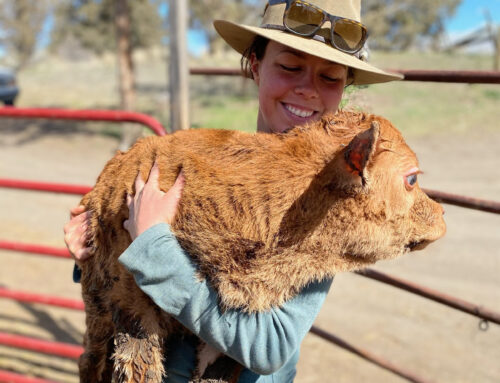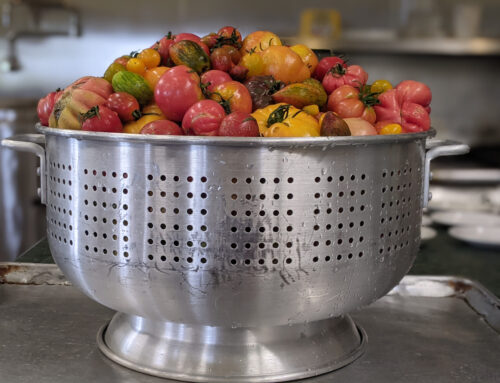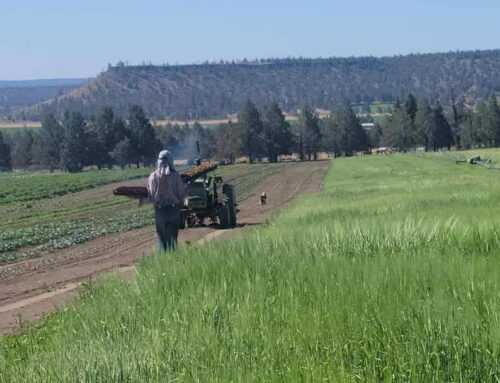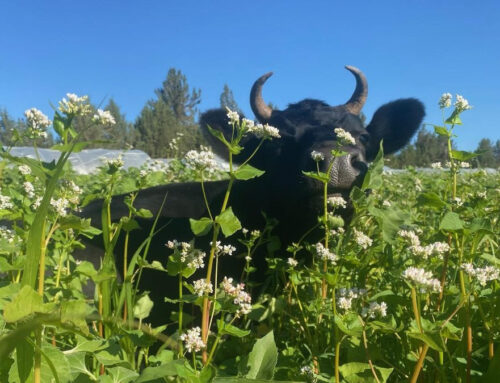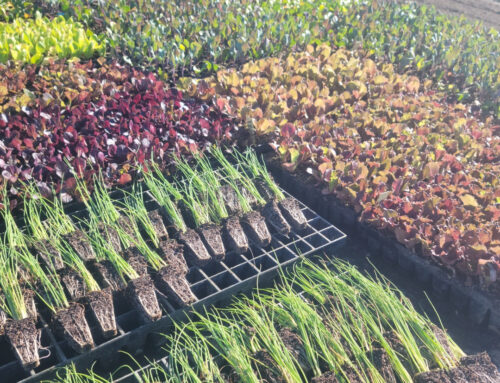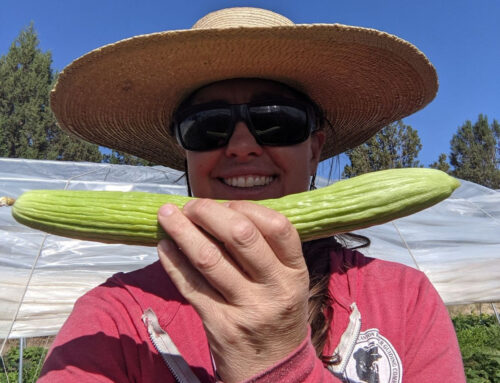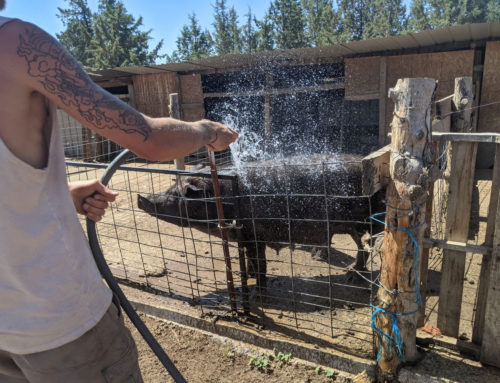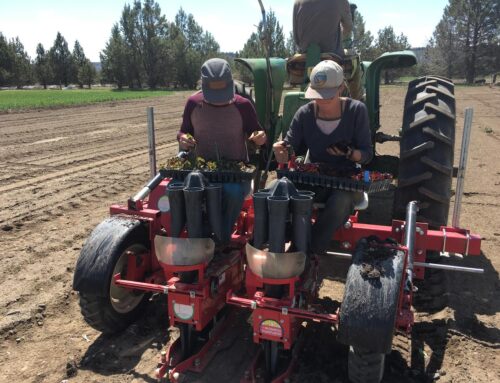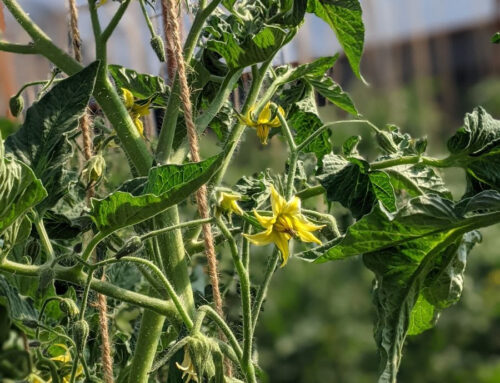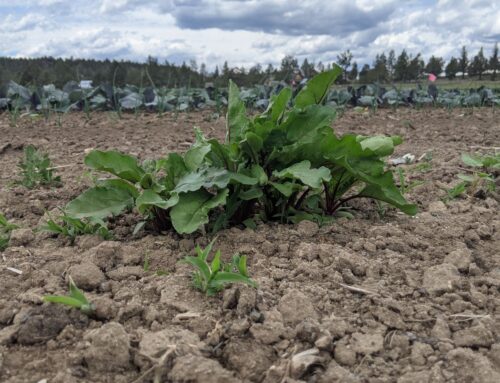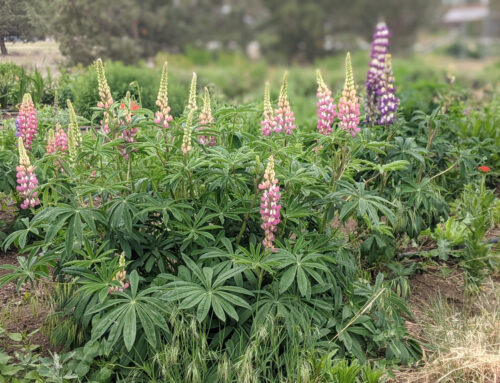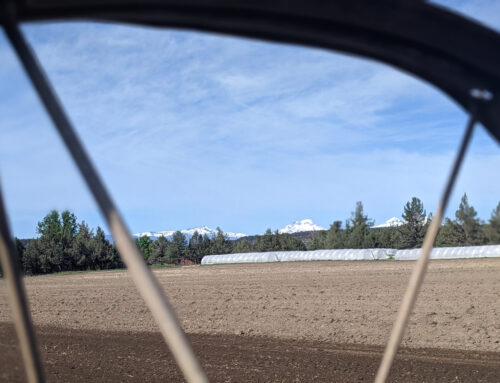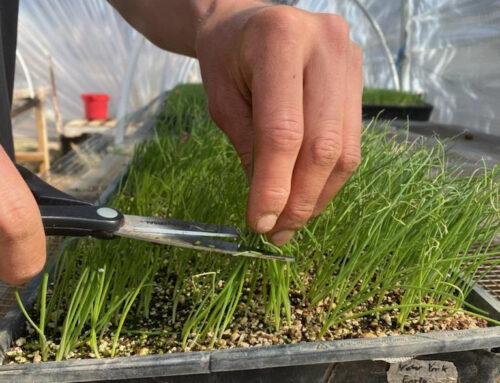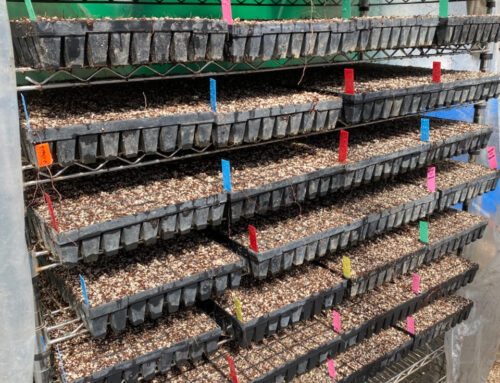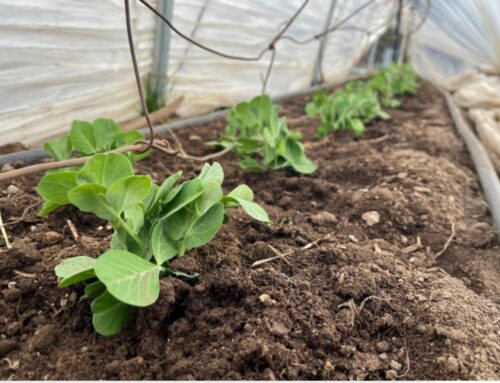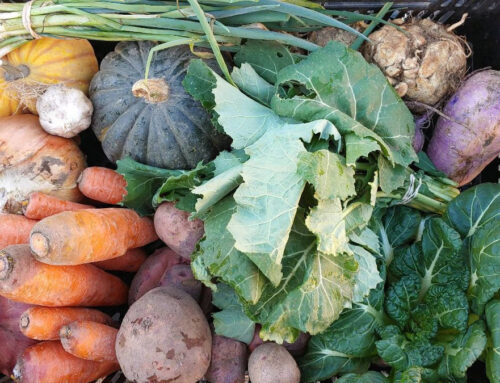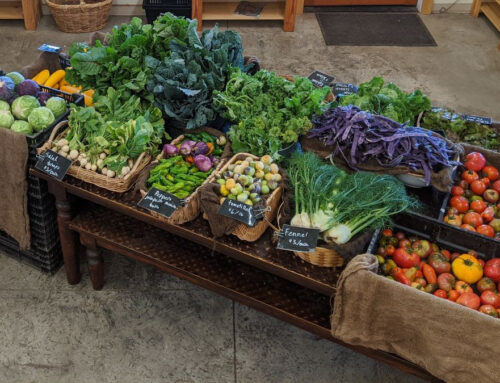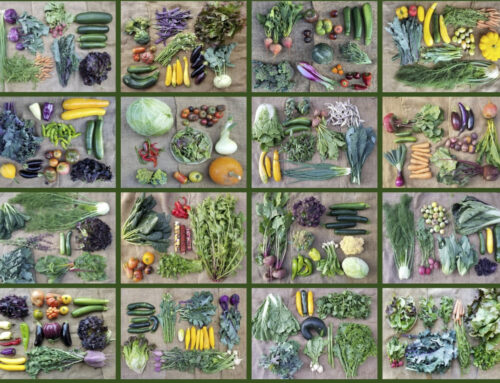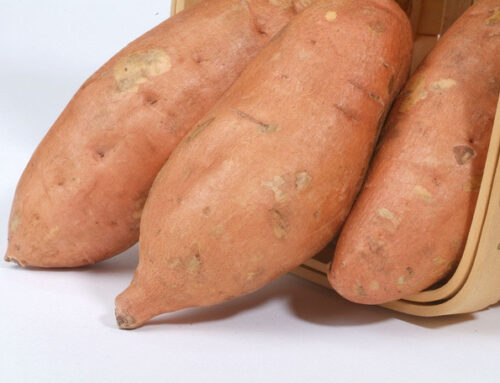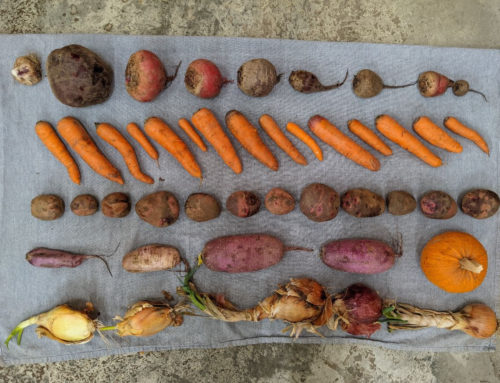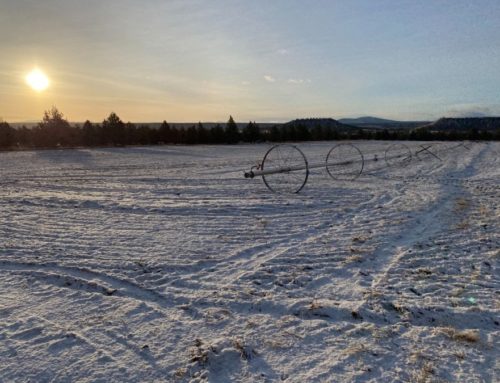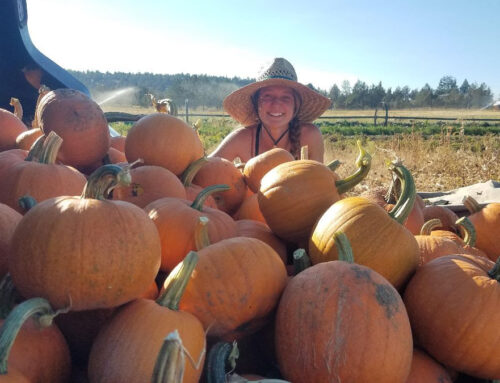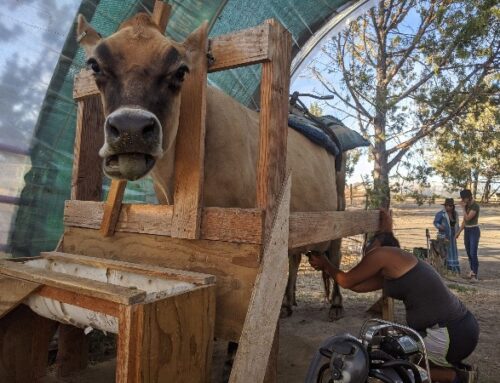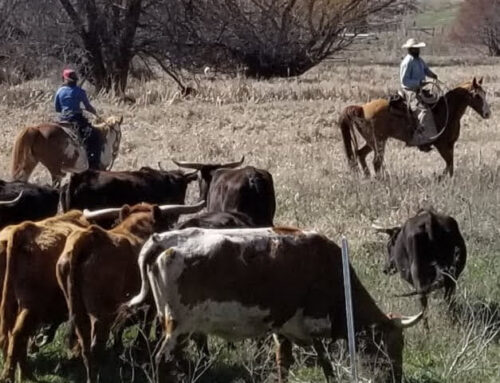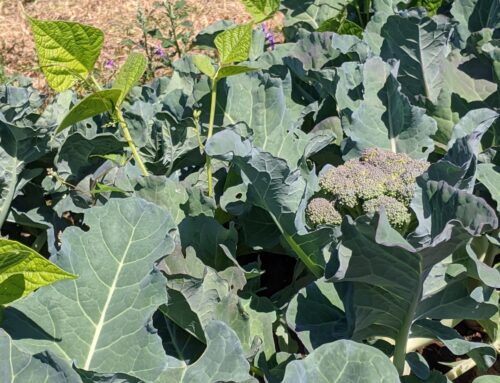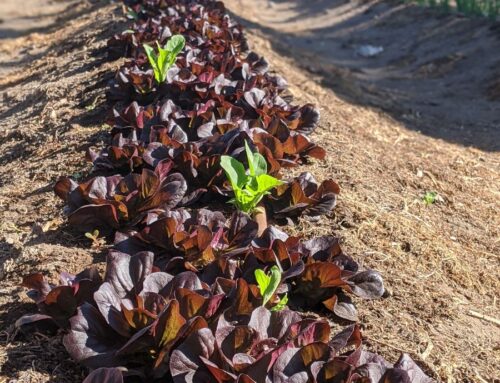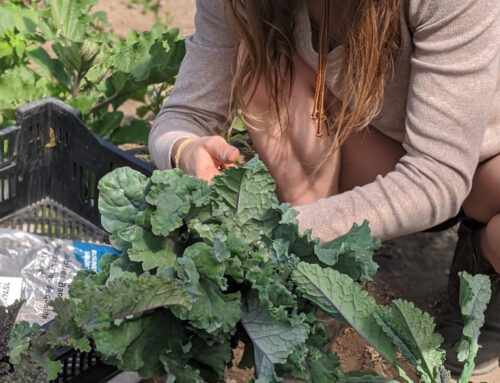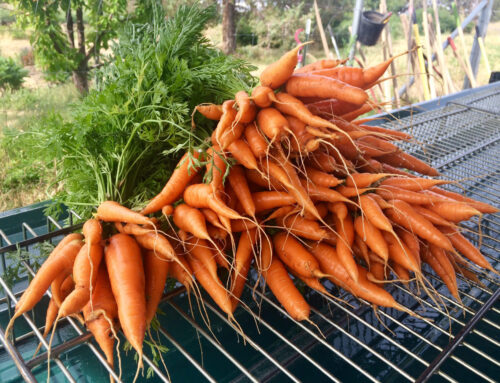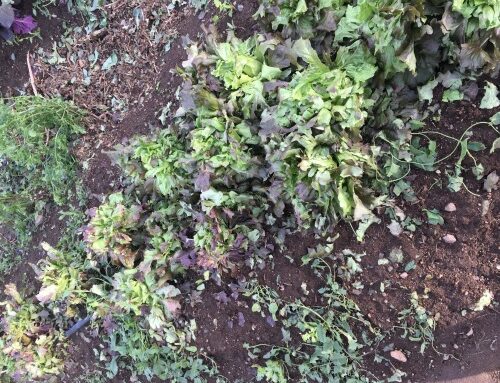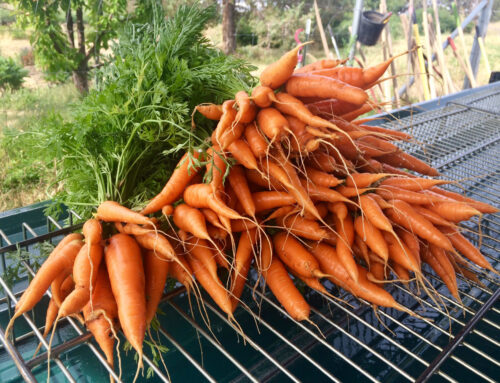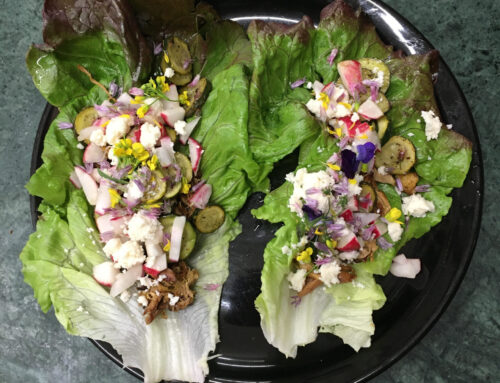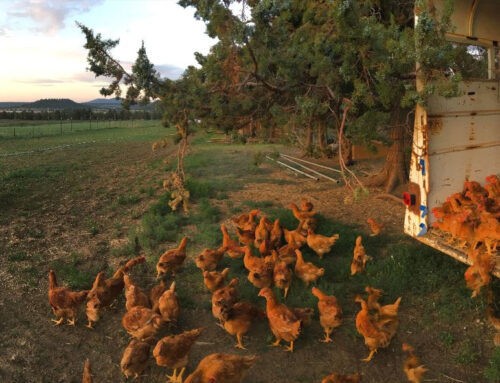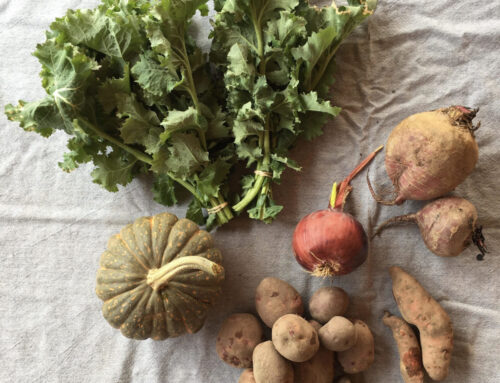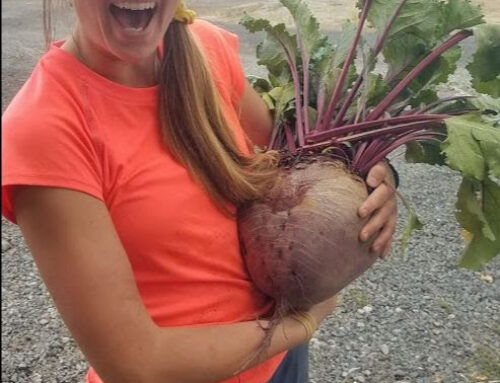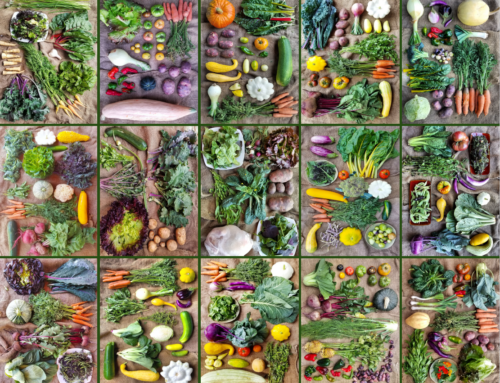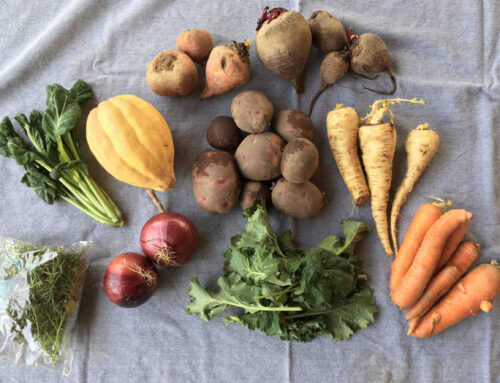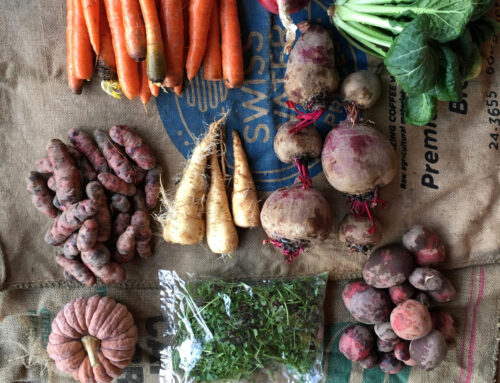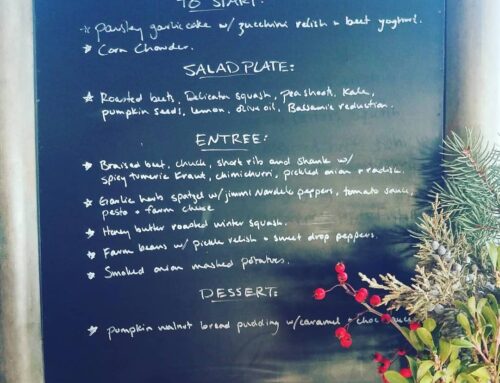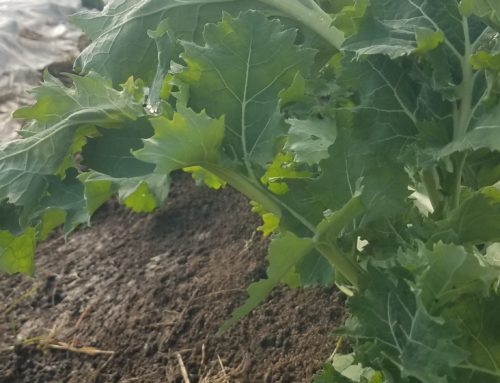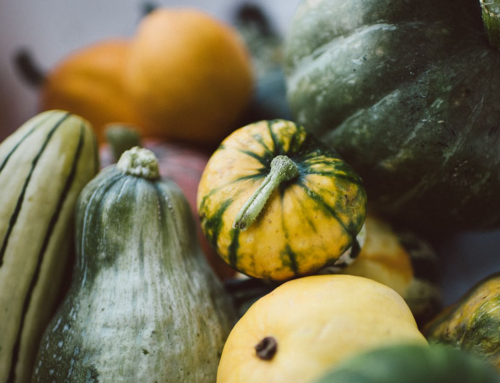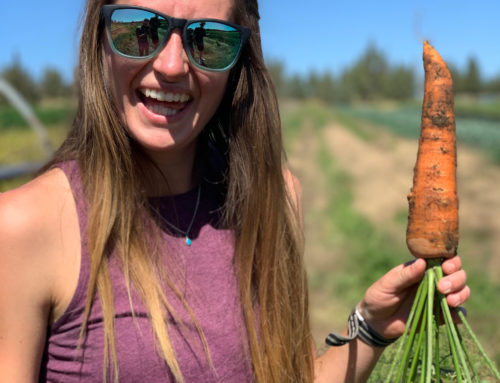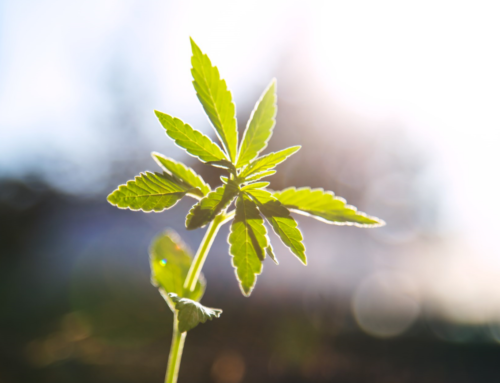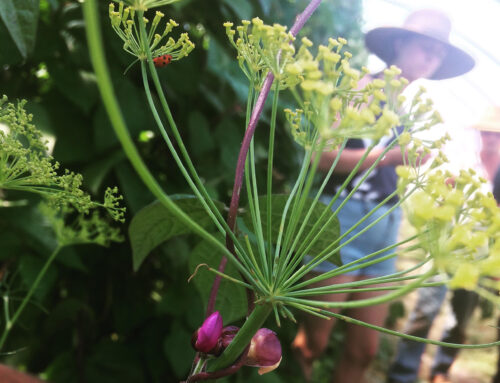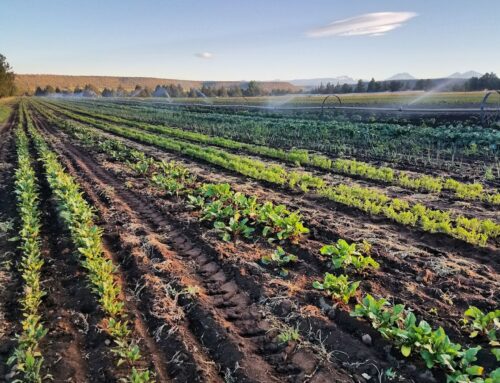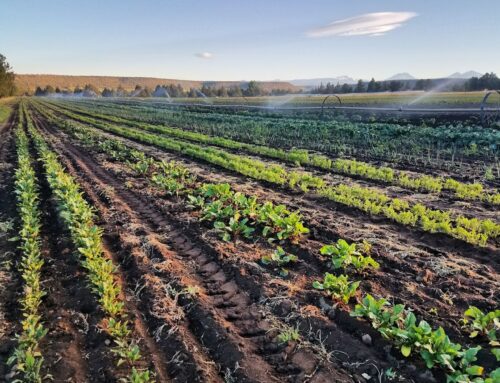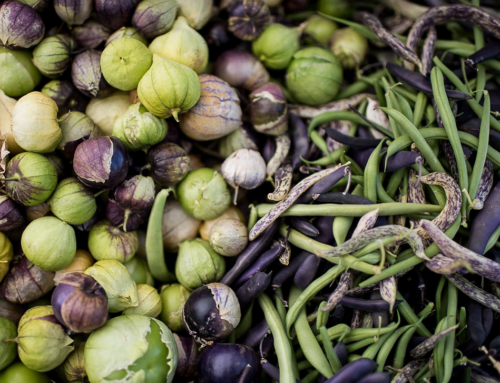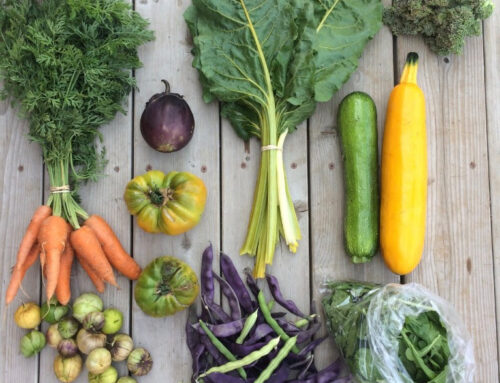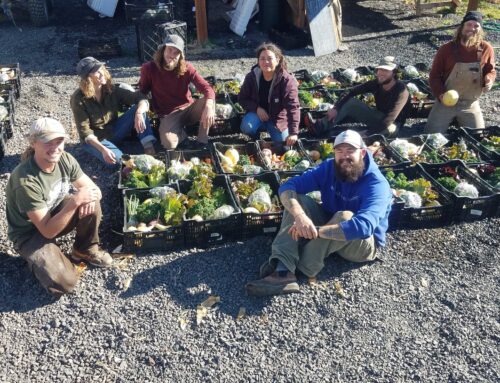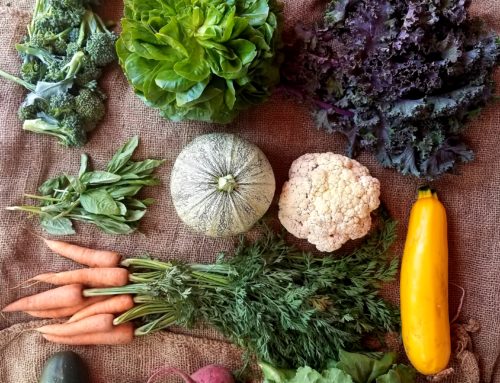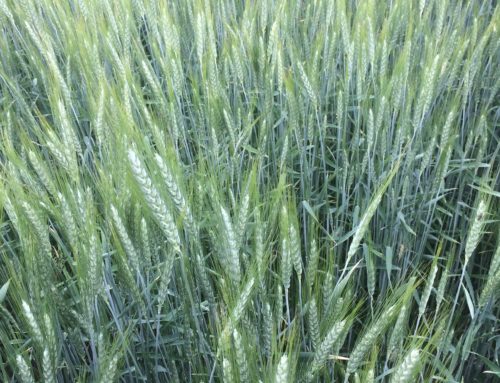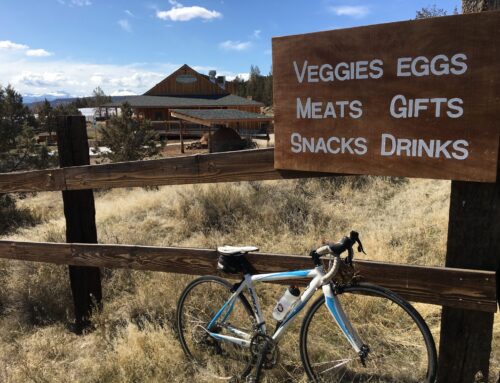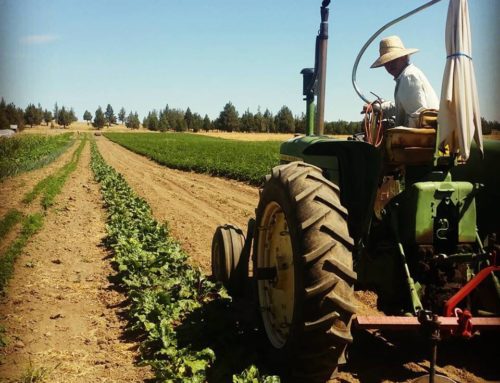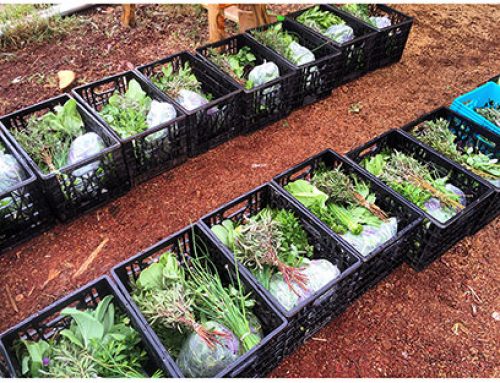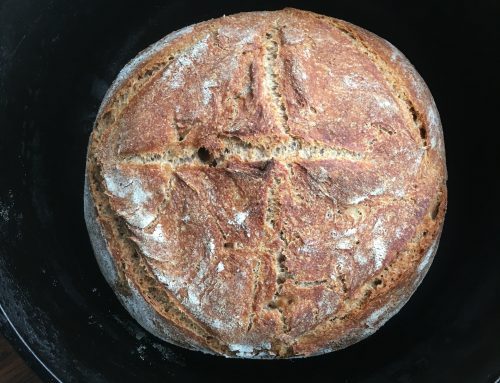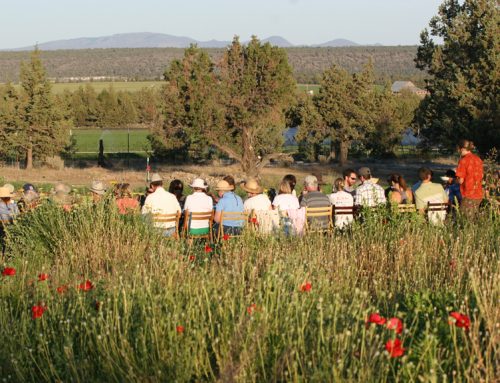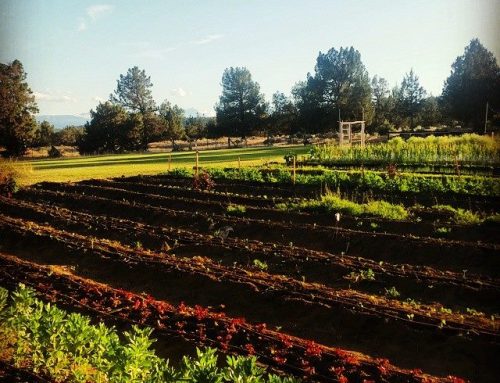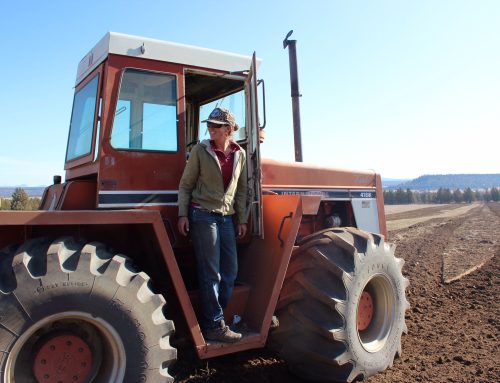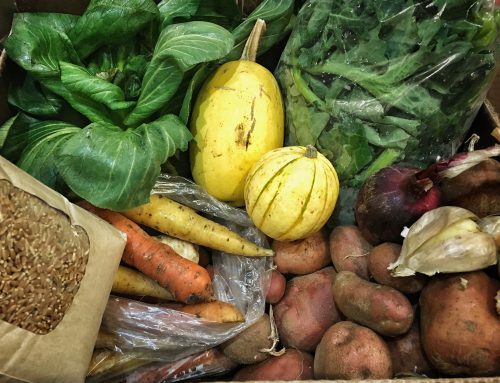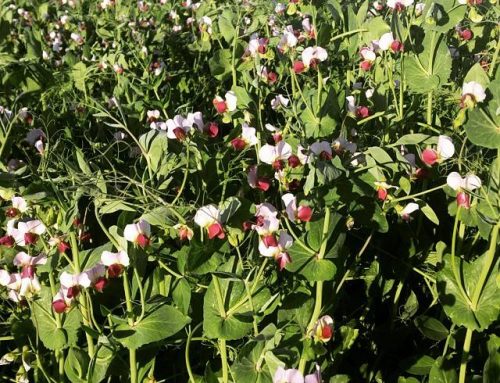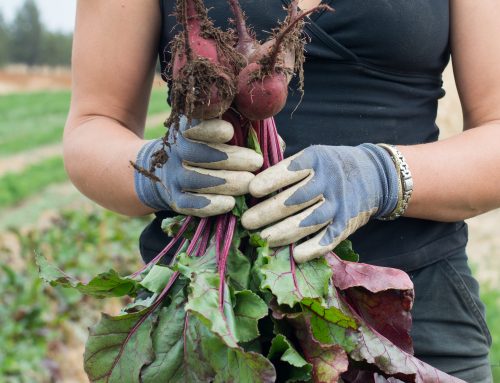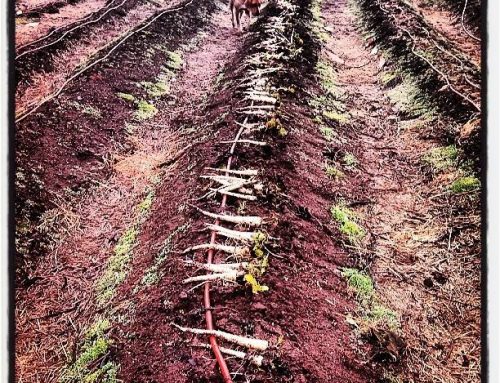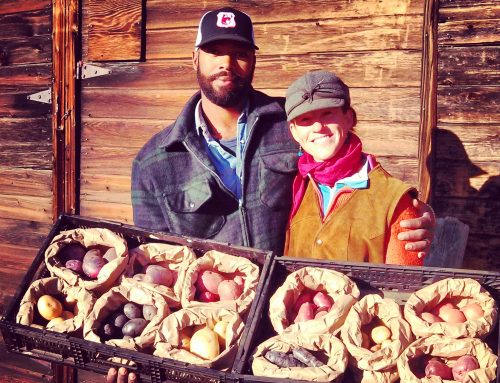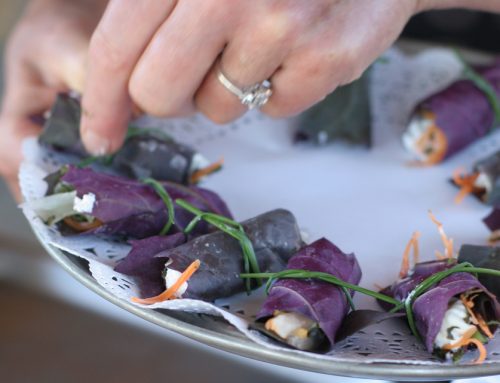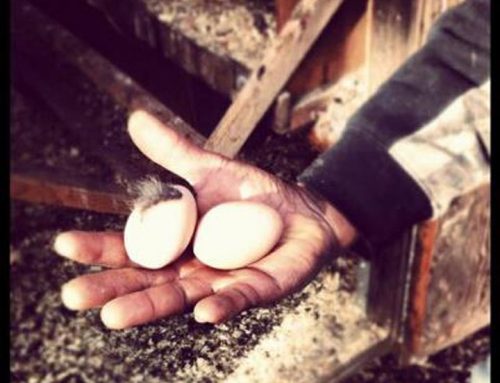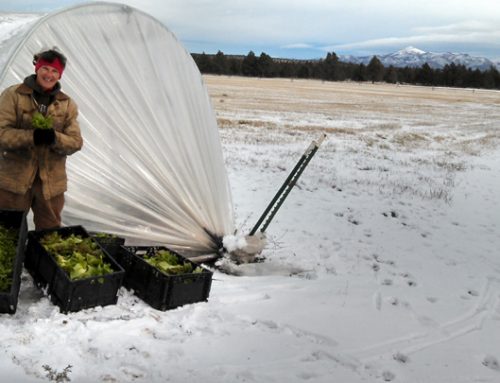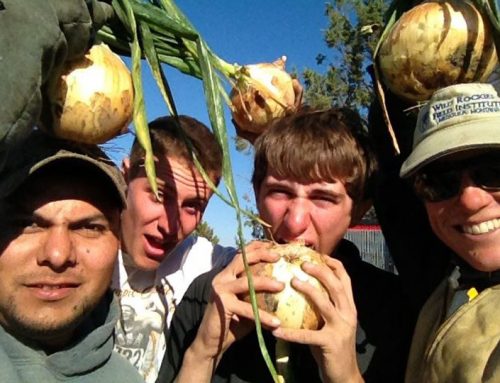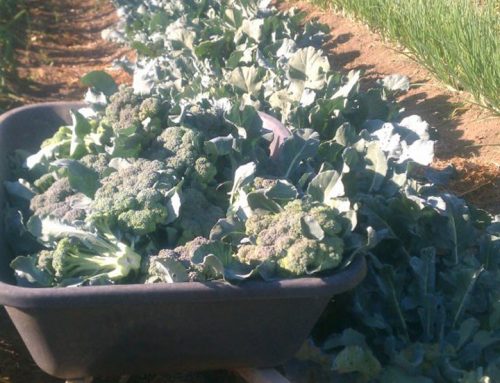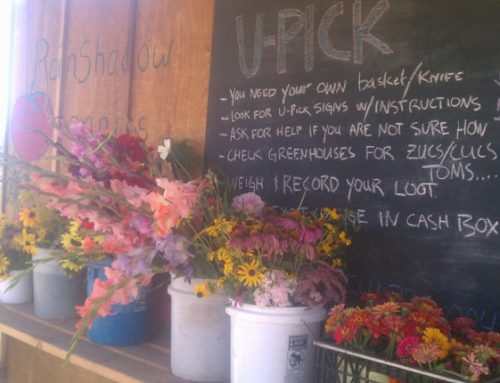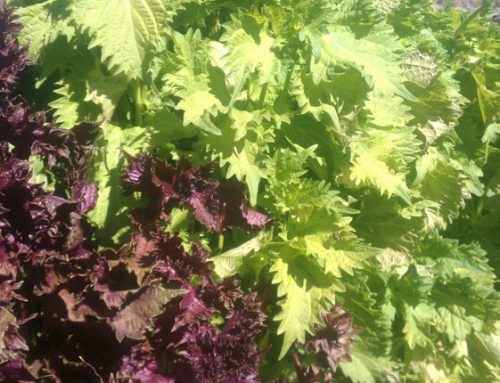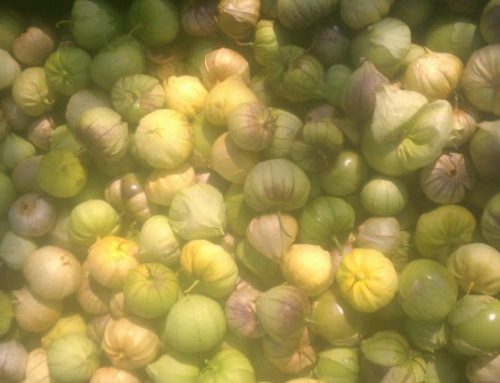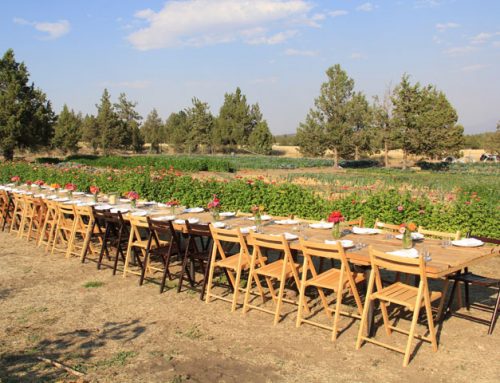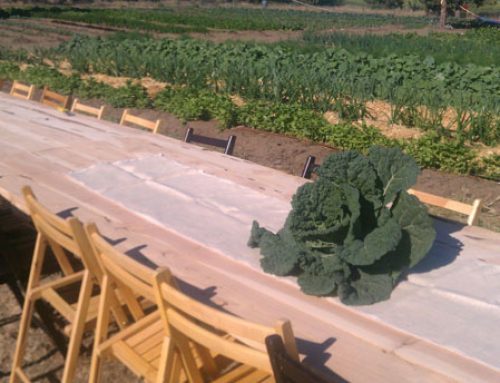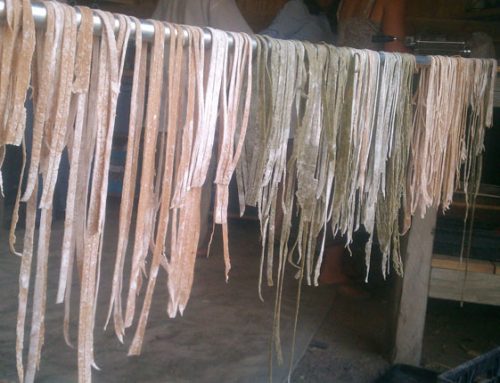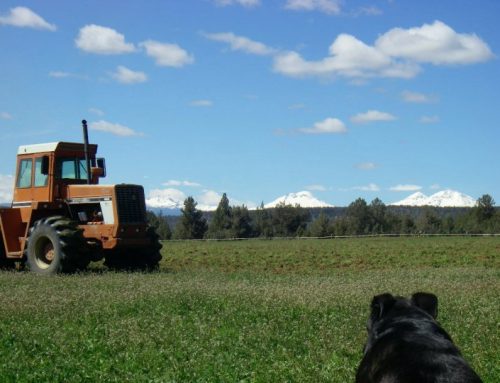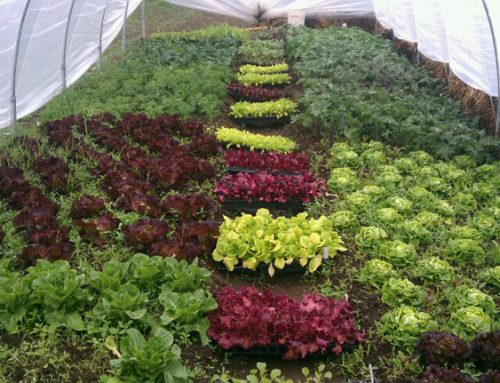
This week on the Farm
Wow, what a season! We feel beyond grateful for so much this year: that last snow in April which allowed us to work within new “normal” water restrictions, the relatively smoke free and not too hot for too long summer, all our crop plans that we thought up in December and managed to play out pretty much as we expected, and to make it this far into Fall without a killing frost just feels like the cherry on top.
And then YOU ALL! What a joy to see you each week (or every other for you Meat only shares). We flourished on your support, your understanding when things were different then expected, and your huge smiles as you saw the week’s bounty. Community Supported Agriculture requires an incredible community. Thank you so much for being ours!

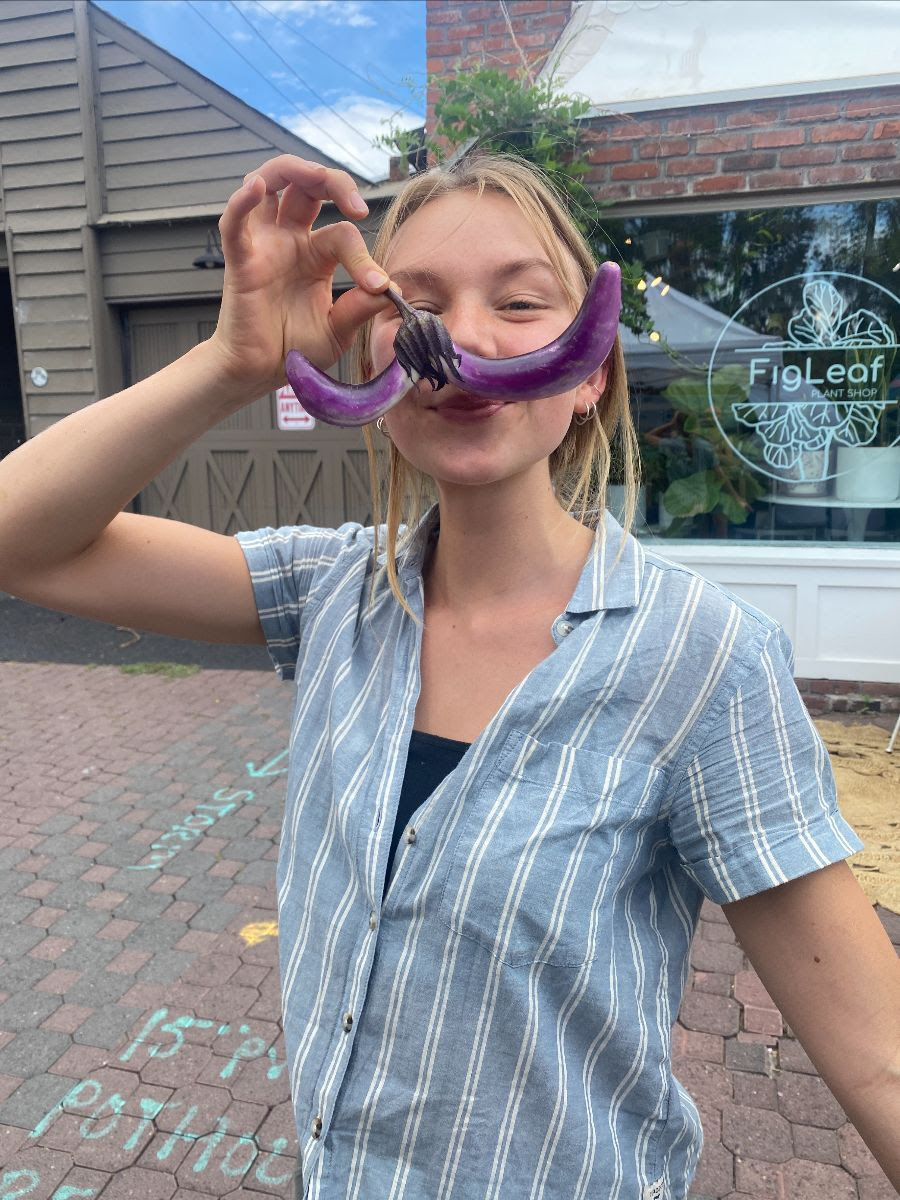
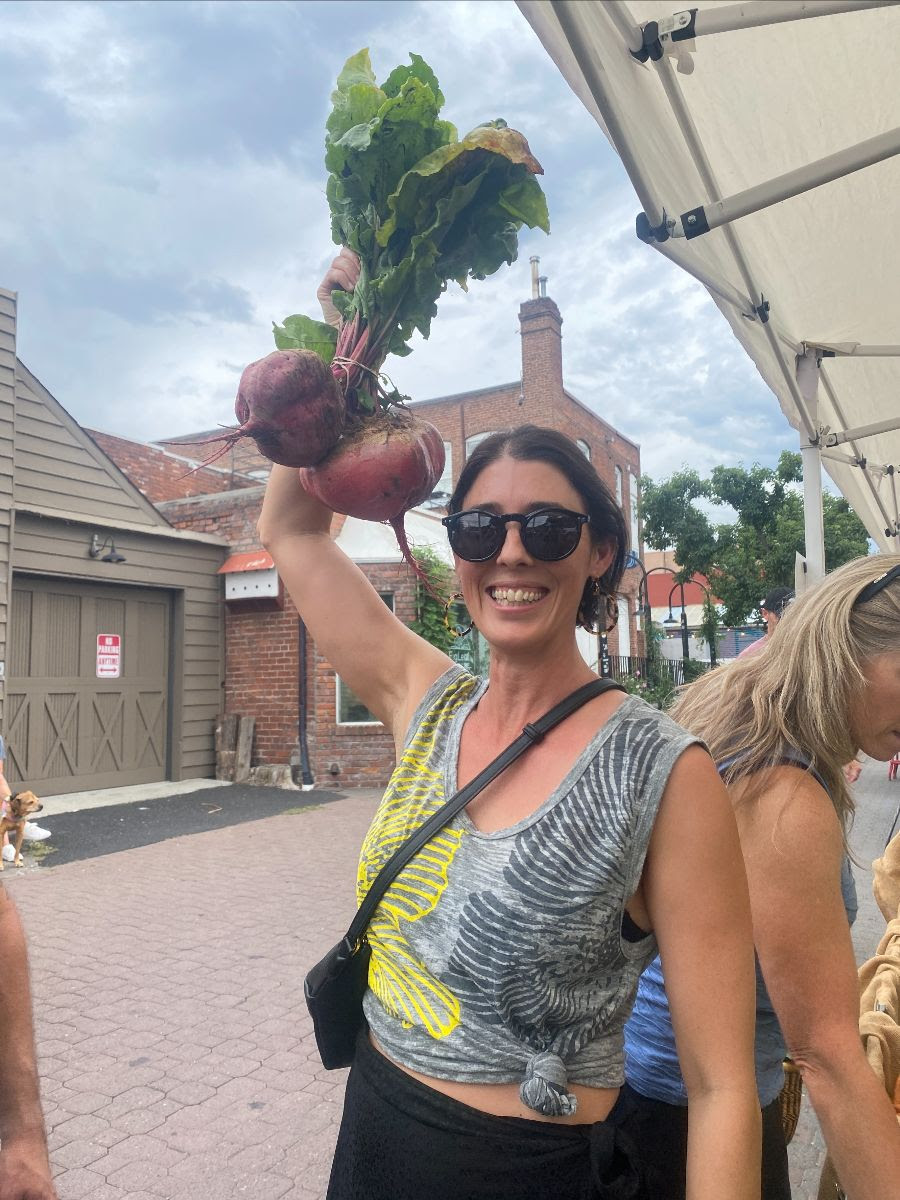
Community Supported Agriculture also requires a team to bring the agriculture to you every week! We are so very grateful for our farmer team who went out rain or shine, smoke or clear skies, fatigue or (more often the case) so much energy the plants vibrated with their love and attention. We couldn’t have asked for a better crew this season!
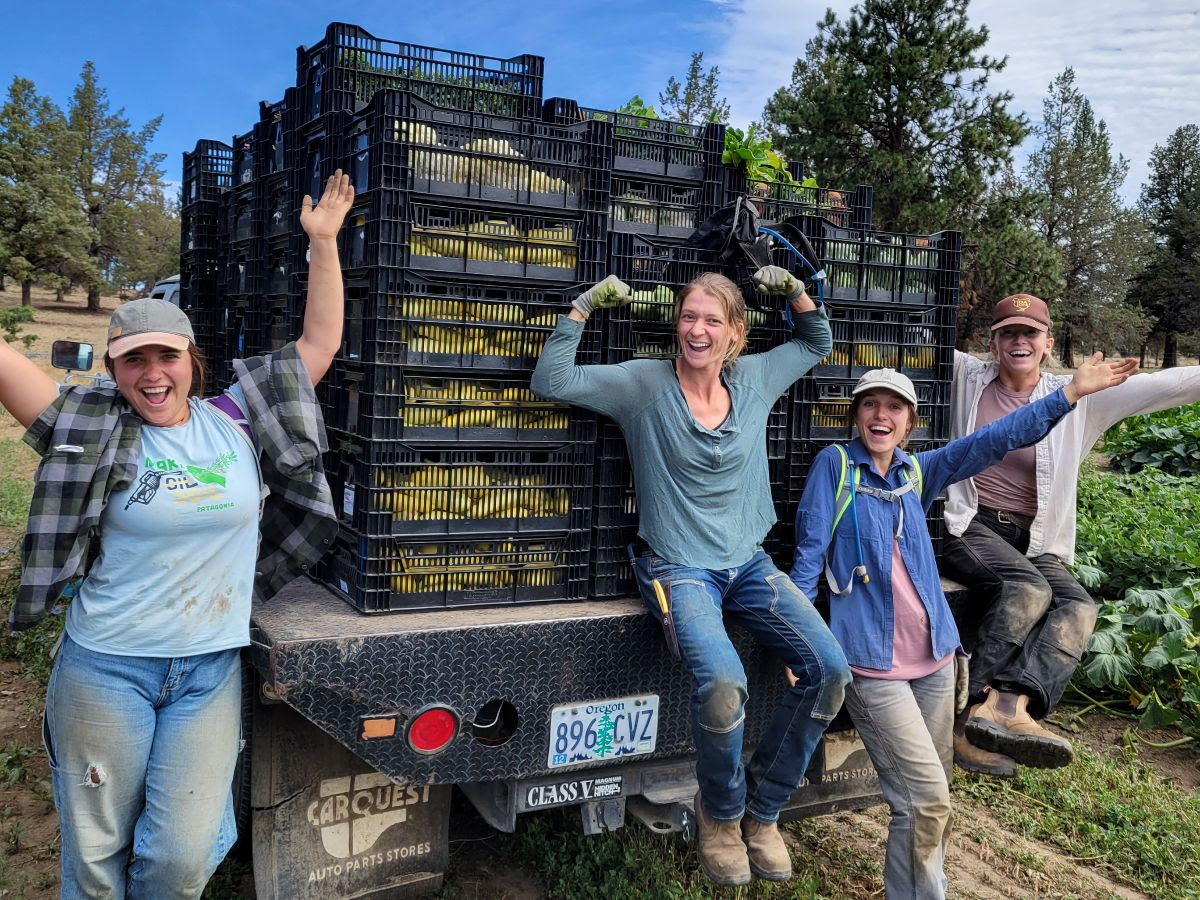
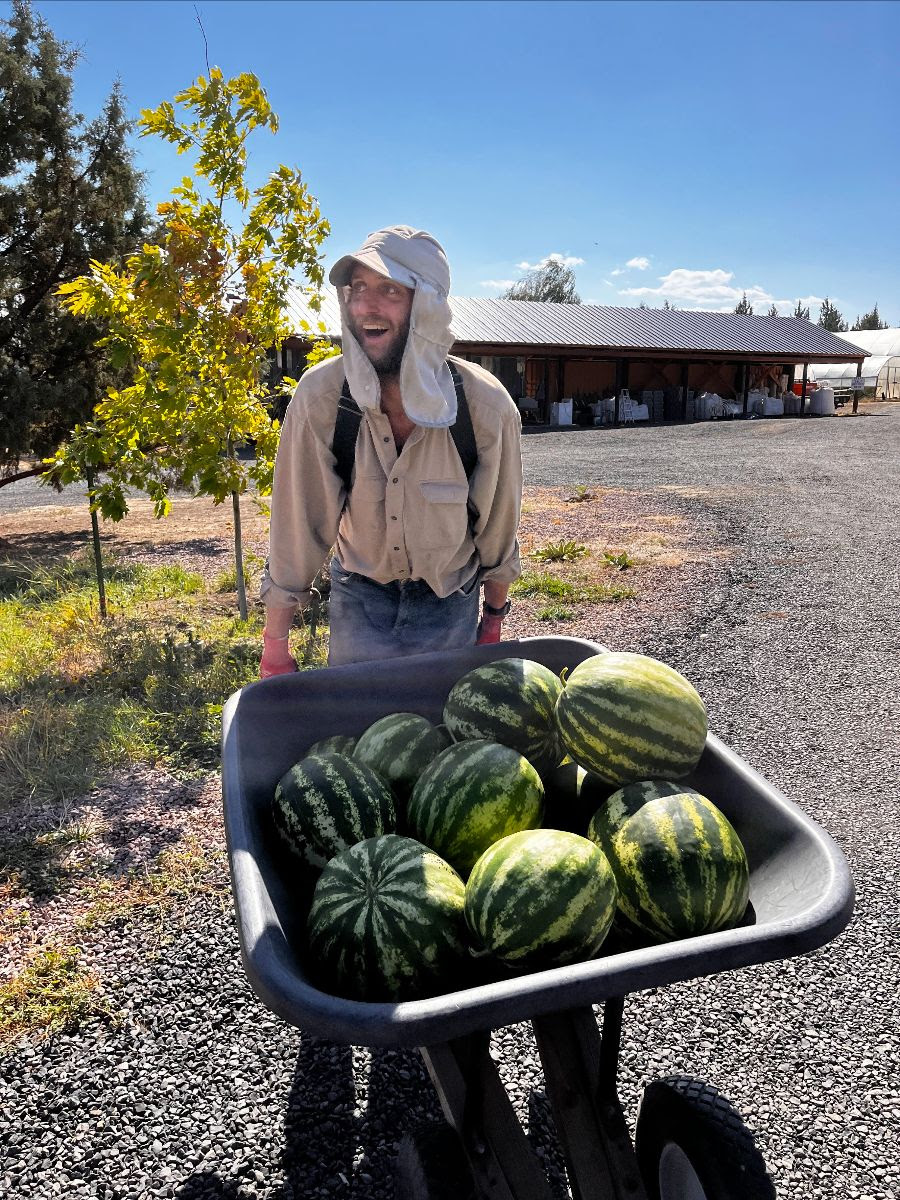
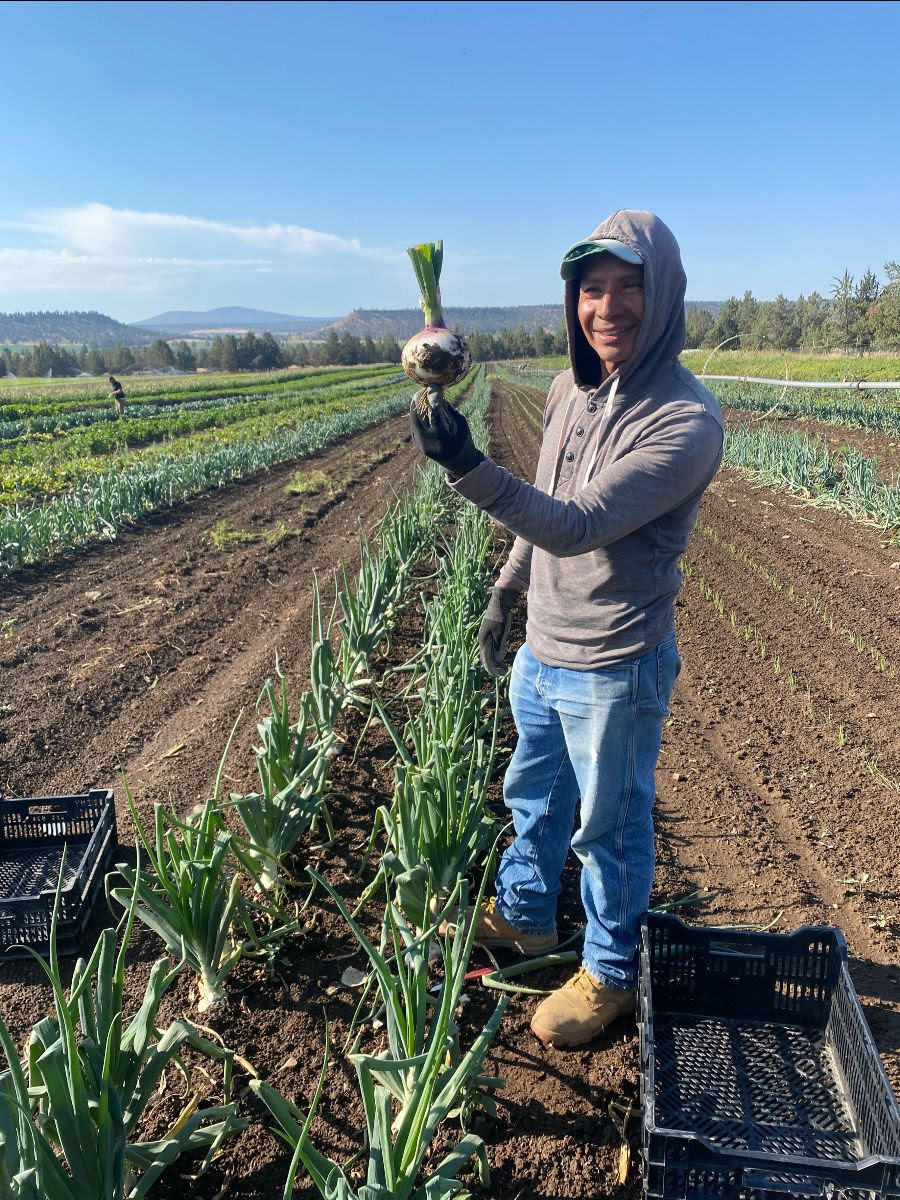
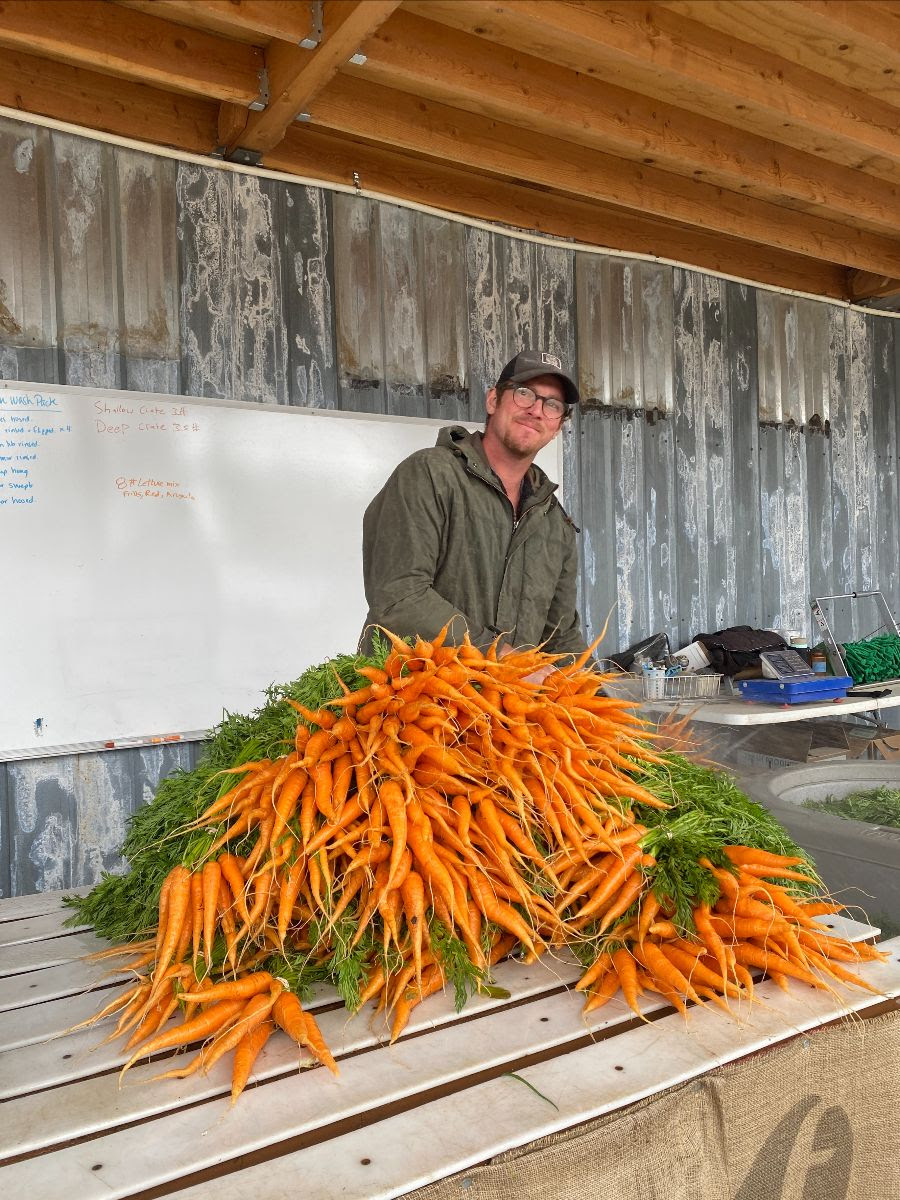

20 weeks is a big chunk of time. Thank you for dedicating it to eating well and supporting local. We can’t wait to see some of you monthly this Winter and we hope to see you all next year for the 2023 Summer CSA! Between now and then be well, be strong, and know you are loved and appreciated!
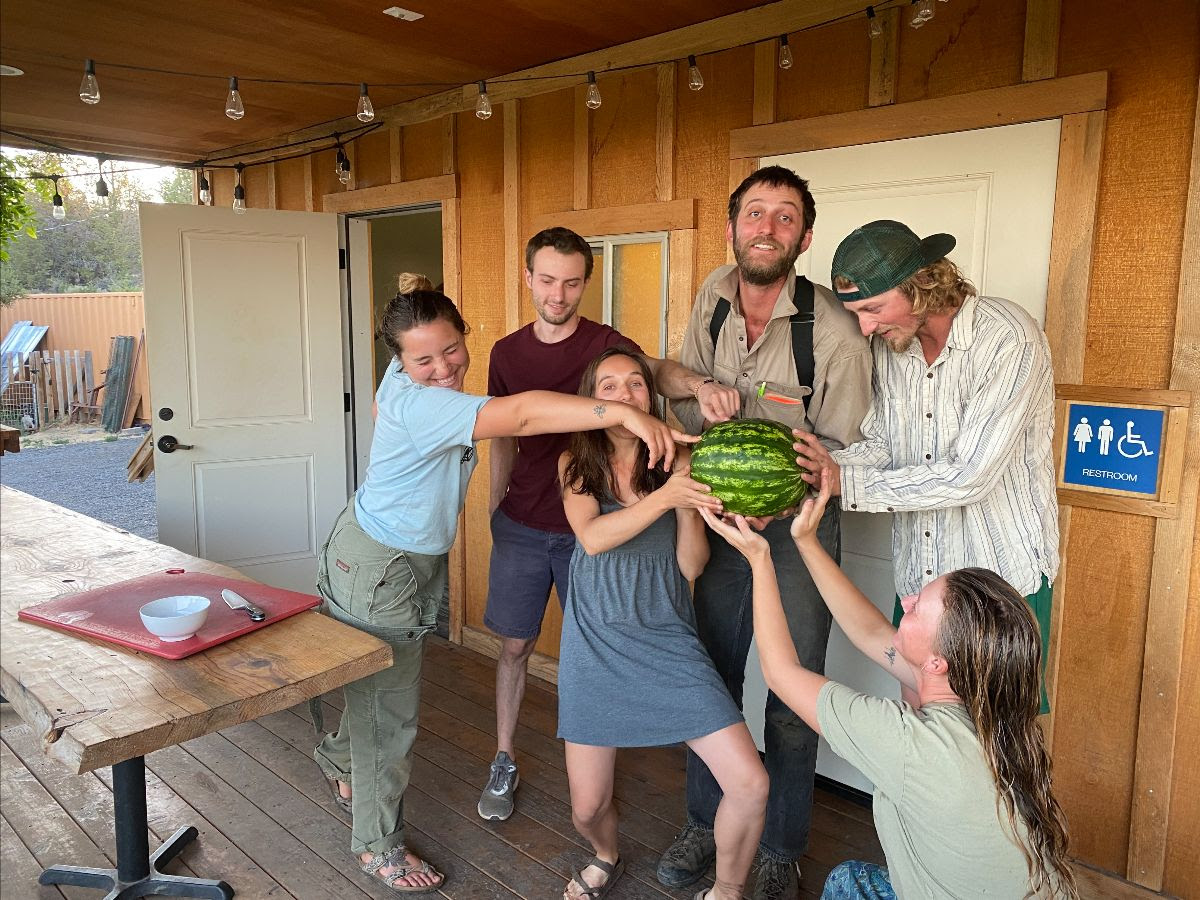
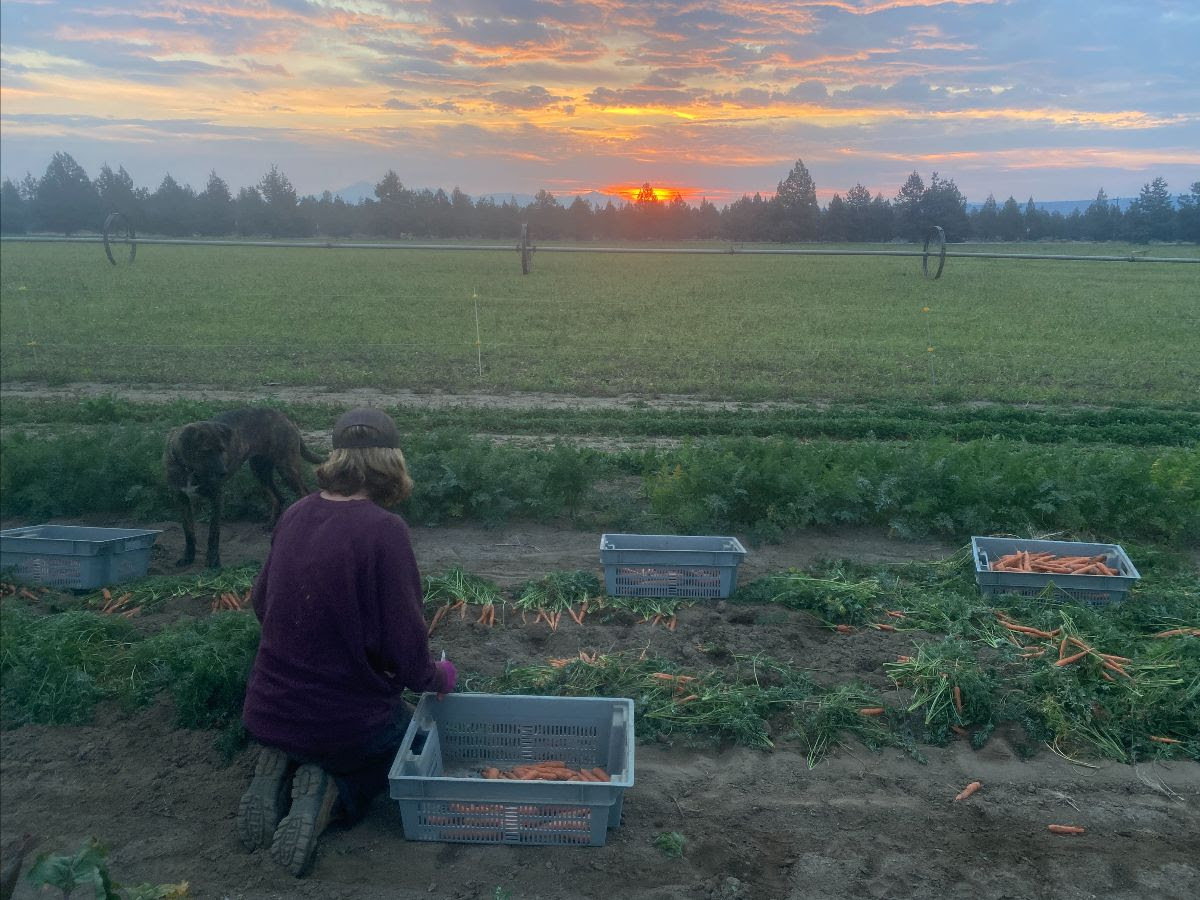
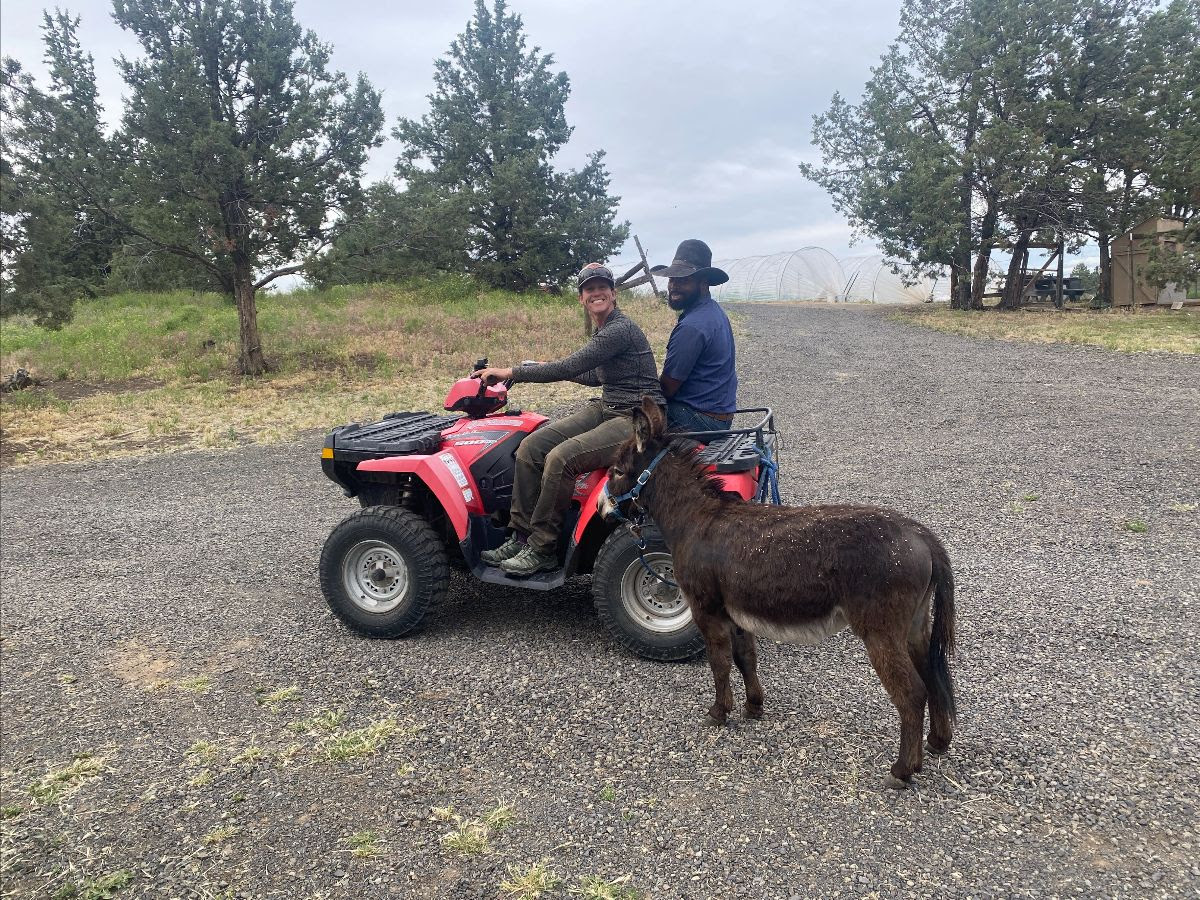
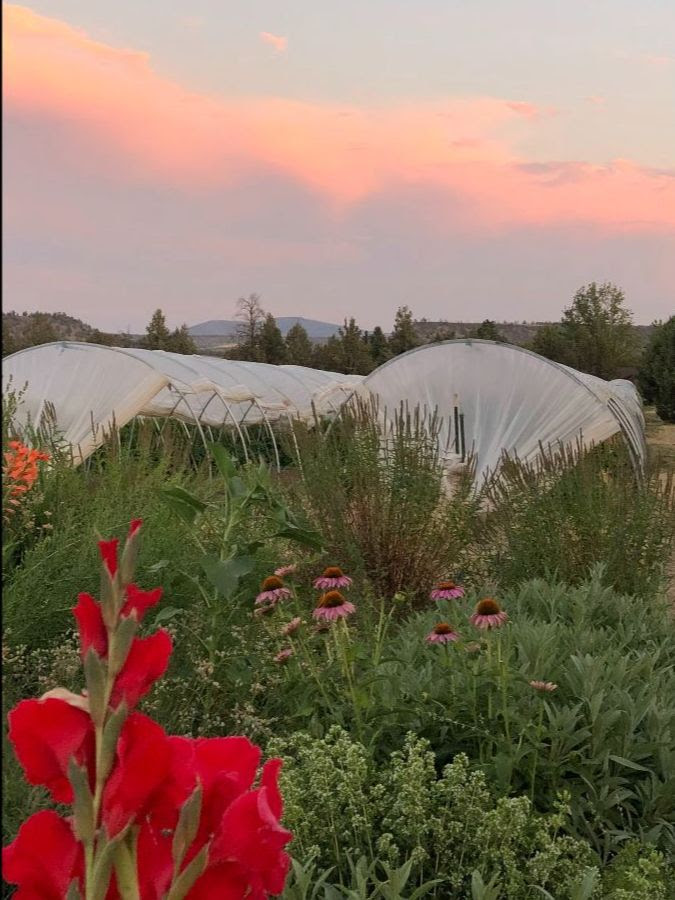
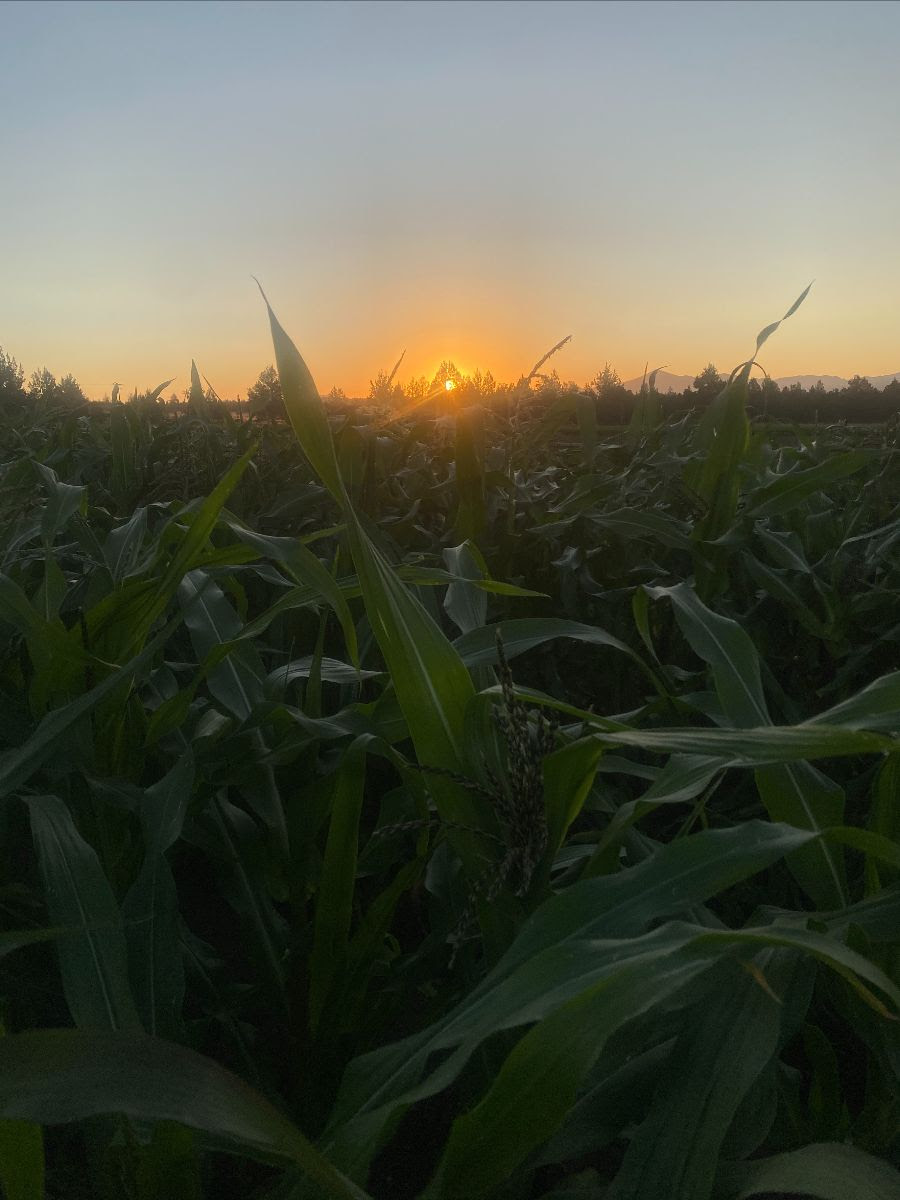
photo credits for whole email: Caroline Crews, Natalie Leder, Camilla Beccera Riroroco, Sarahlee Lawrence, Zoë Griffith
Vegetable ID: Daikon Radish
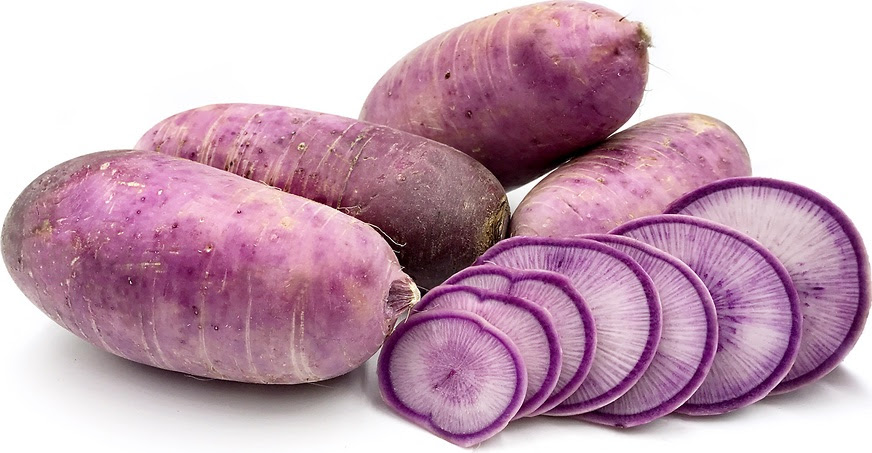
Purple Daikon Radish is one of our Winter Storage Vegetables that we get to share with our Summer CSA! It is purple on the outside and purple and white on the inside. With a mild to medium zesty heat it is most often served raw either shaved or sliced thin, however it can be roasted (it will get a tamed spice and caramely flavor) or pickled.
To store: Store radish roots unwashed in a plastic bag in the refrigerator until it starts to go slightly limp. if it is in a bag or container, weeks, if it is loose, a week or so.
To prep: Scrub radishes well and trim off any deep divots or blemishes.
To use: Eat radishes raw with a sprinkle of salt. Grate radishes into slaws and salads. Slice thin and quick pickle and put on a sandwich or in a salad. Roast in your next root vegetable roast for a new treat!
Vegetable CSA Harvest List
We think our foundation vegetables this week will include Siberian Kale and Purple Daikon Radish. We will let you know on Wednesday how many other items you will get to select.
We have been keeping an eye on the hoops and 2-acre garden and have a pretty good idea of what is out there and ready to be harvested, but this is a Sunday estimation of what we will be harvesting on Tuesday. Also, because we have a market style CSA, this isn’t a guarantee of 1 of all these things for everyone. Instead, this will be the variety of what will hopefully (fingers crossed) have for you to choose from this week.)
Other Vegetable Options will probably include:
carrots
kale
green onions
chard
fresh onions
leeks
kohlrabi
hot peppers
sweet peppers
beets
fennel
napa cabbage
tomatillos
tomatoes
broccoli
cauliflower
cabbage
winter squash
Keep an eye on our Instagram stories for a tour of what the options are on Wednesday around 11 am.
|
|
Don’t forget, Customer Appreciation Day is Sunday, October 23
Farm Tours will depart at 11:30 and 1 and Zach Harju will be playing music on the deck to keep things festive!
Adapted from Martha Rose Shulman’s New York Times Recipe
What a fabulous way to use fresh, crisp fall vegetables. Plus, if you don’t eat it all the first serving, it will hold for several days and continuing marinating in its dressing. Consider this as a great topping for pulled BBQ beef or pork too! Serves 6
1½ pounds mixed carrots, kohlrabi, and daikon, peeled and grated on the large holes of a grater or cut in thin julienne (any combination; 4 cups total)
Kosher salt to taste about ½ teaspoon
1½ cups water
1 tablespoon sugar
½ cup rice vinegar
2 tablespoons slivered mint leaves or chopped cilantro optional
INSTRUCTIONS
- Combine the grated or julienne vegetables in a large bowl, and toss with about ½ teaspoon salt. Place in a strainer or colander set over a bowl or in the sink. Let stand for about 30 minutes.
- Meanwhile, combine the water, sugar and vinegar in a saucepan, bring to a boil and remove from the heat. Pour into the bowl in which you combined the vegetables, and allow to cool to room temperature.
- Briefly rinse the vegetables, and squeeze dry. Add to the bowl with the vinegar mixture, and stir together. Refrigerate for one hour or longer. To serve, lift from the vinegar bath with a slotted spoon and arrange on a platter. Garnish with the mint or cilantro, and serve.
Adapted from Deborah Madison’s Vegetarian Cooking for Everyone
Not feeling like a slaw tonight? Try out this sautéed Napa Cabbage recipe. Quick, easy, refreshing.
1 head Napa Cabbage, sliced into whatever width appeals to you but make sure you use the whole cabbage!
3+ Tbs water or rice wine
salt
dark sesame oil, roasted peanut oil, or butter
parsley, cilantro, dill, snipped chives, thinly chopped green onions, or toasted sesame seeds
INSTRUCTIONS
- Heat up the water or rice wine and add cabbage. Sprinkle with salt and cook over medium-high heat stirring until the cabbage is wilted.
- Drain the pan and toss the cabbage with the sesame oil, peanut oil, or butter and garnish with the the parsley, cilantro, dill, snipped chives, thinly chopped green onions, or toasted sesame seeds.
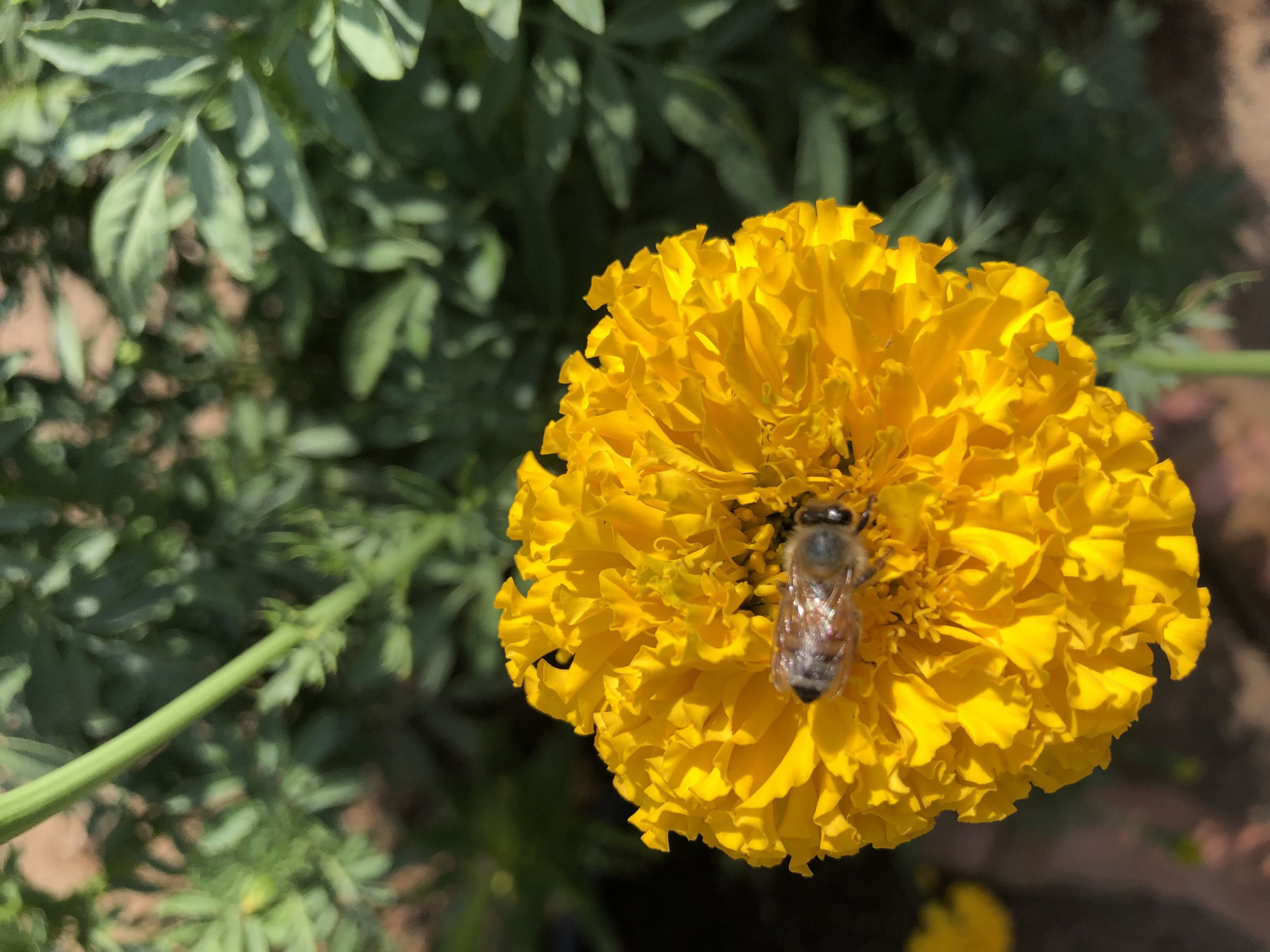
|
Photo Credit: Zoë Griffith
|
We can’t wait to see you on Wednesday! Thank you for a fabulous summer!
The Farm Crew



